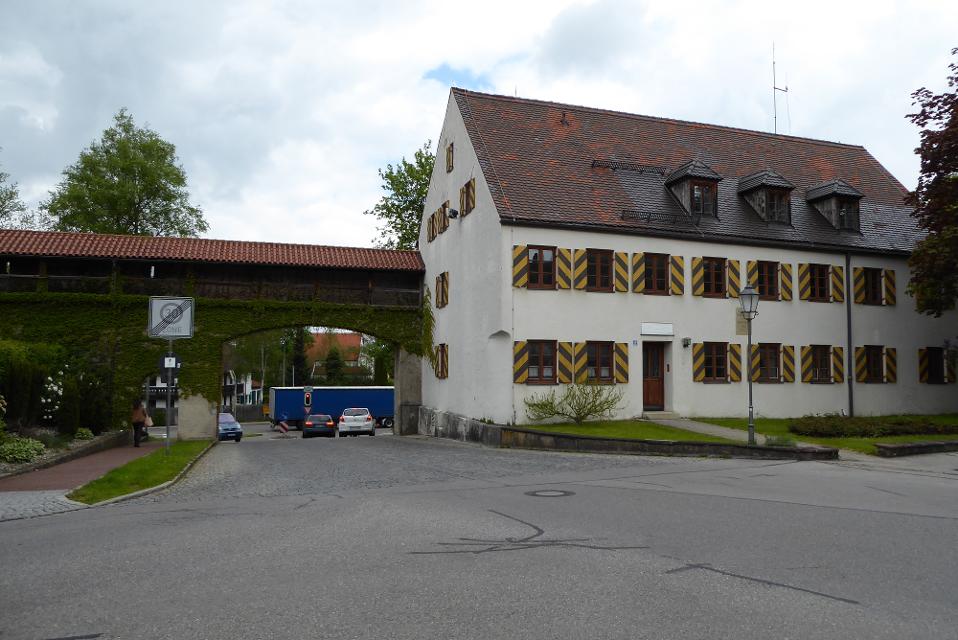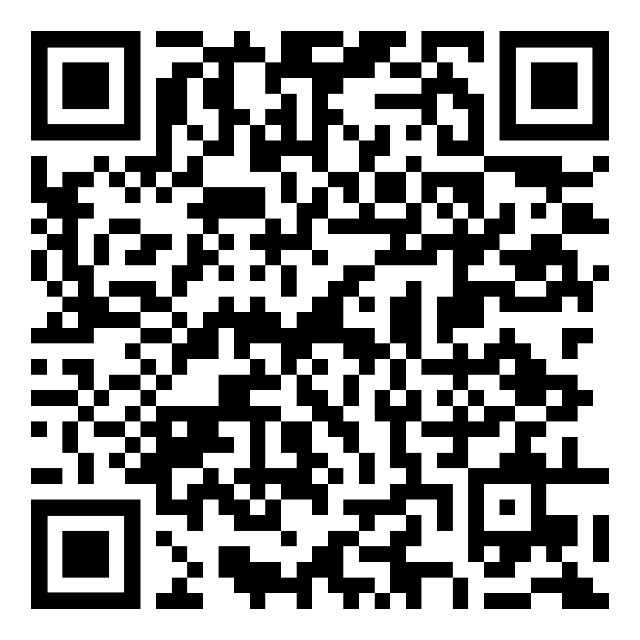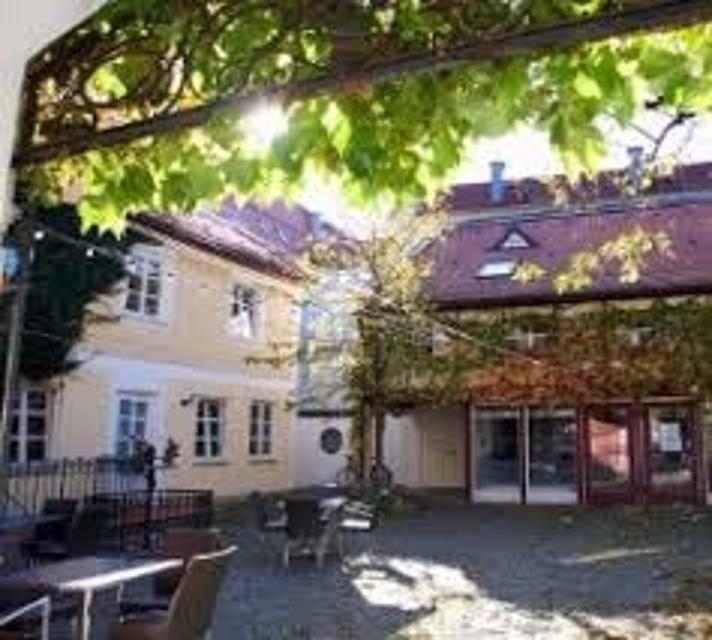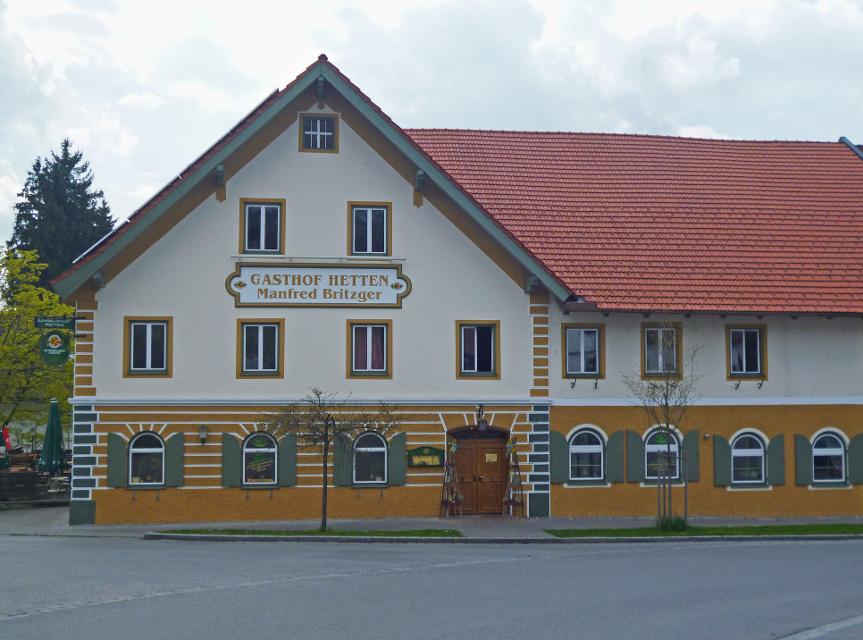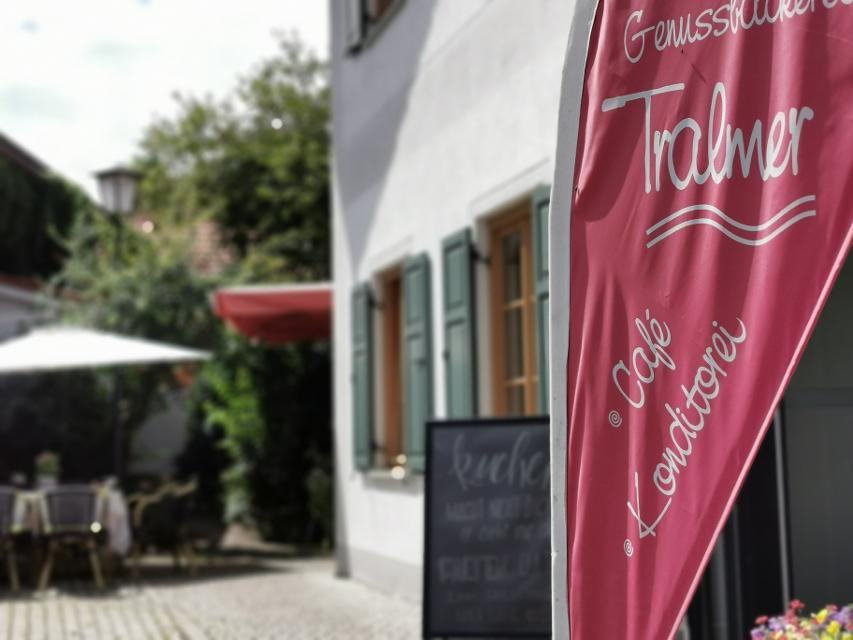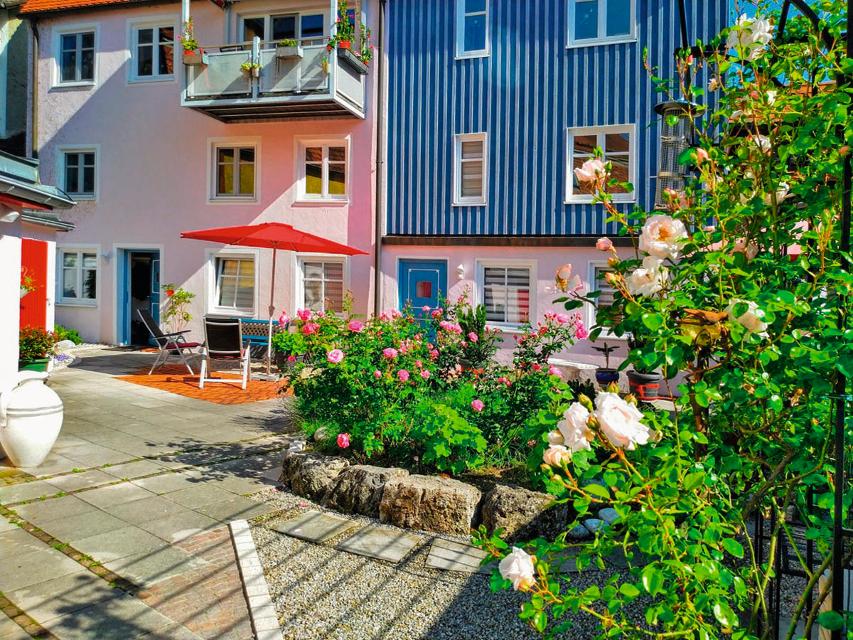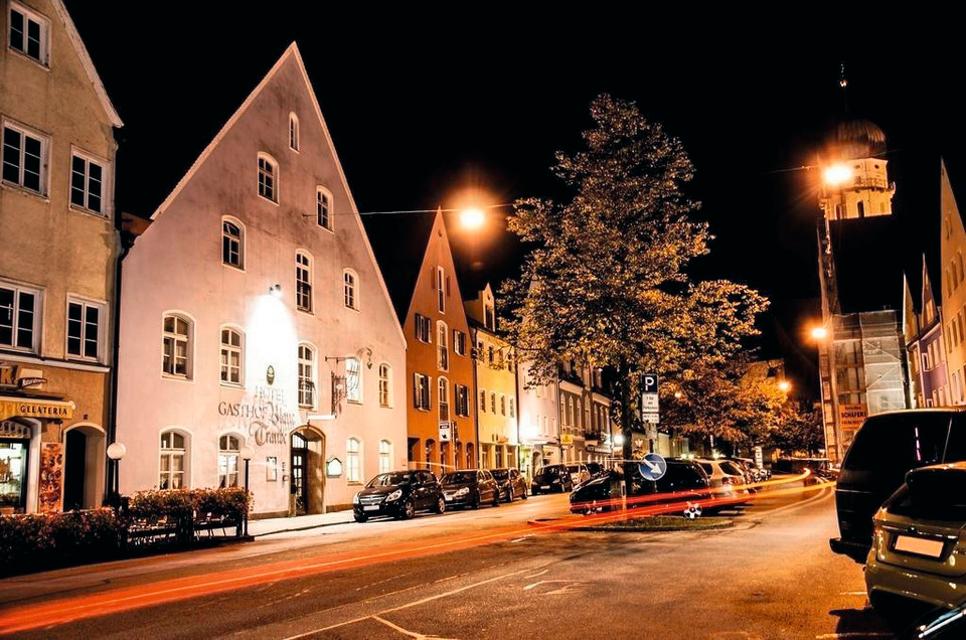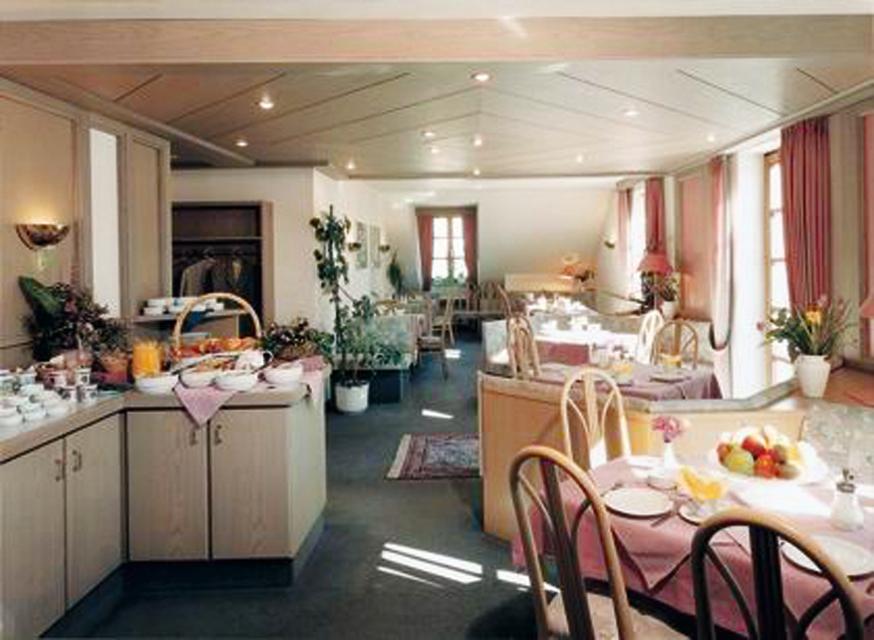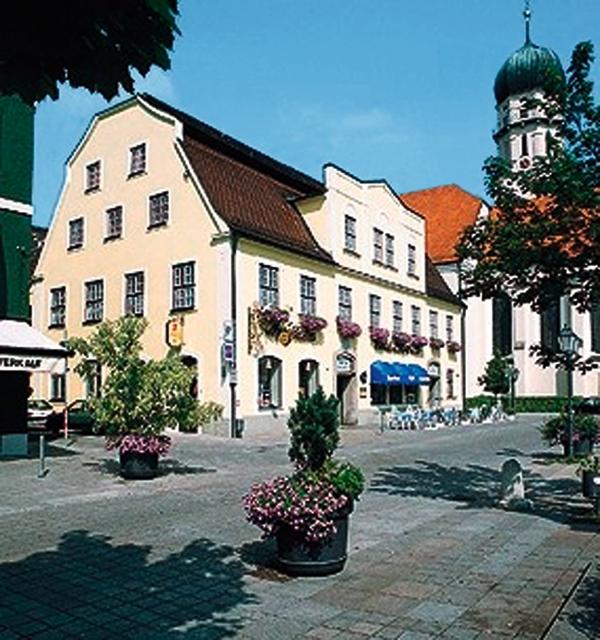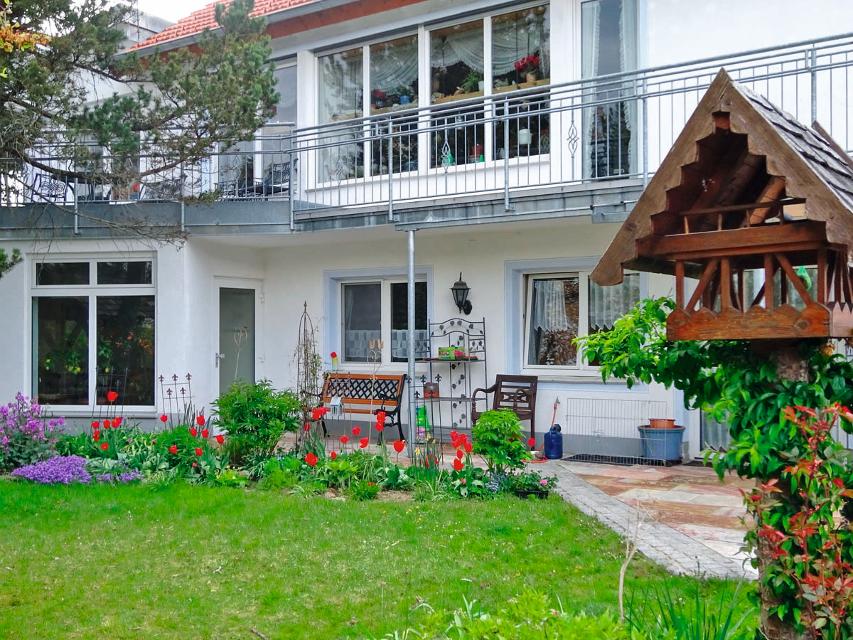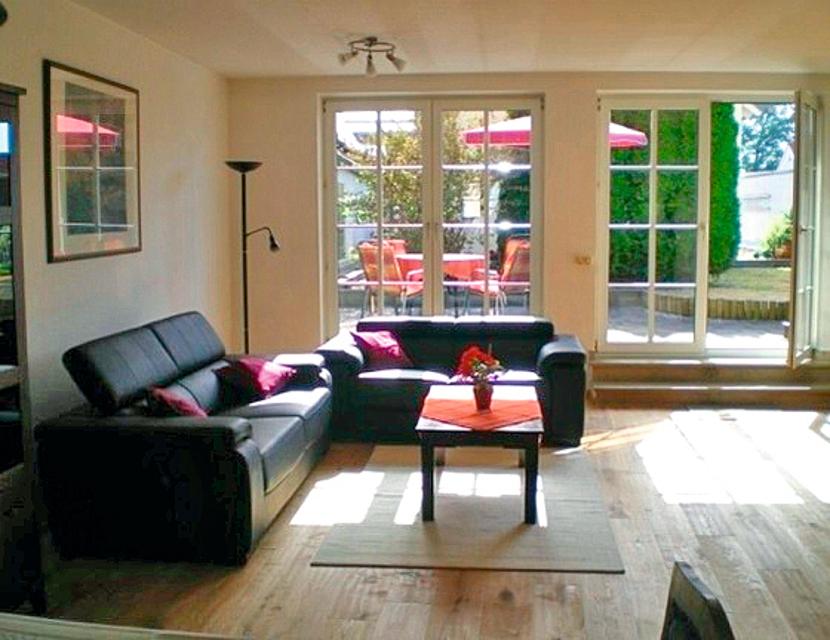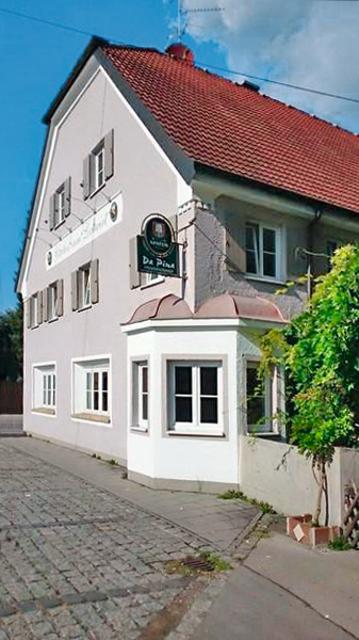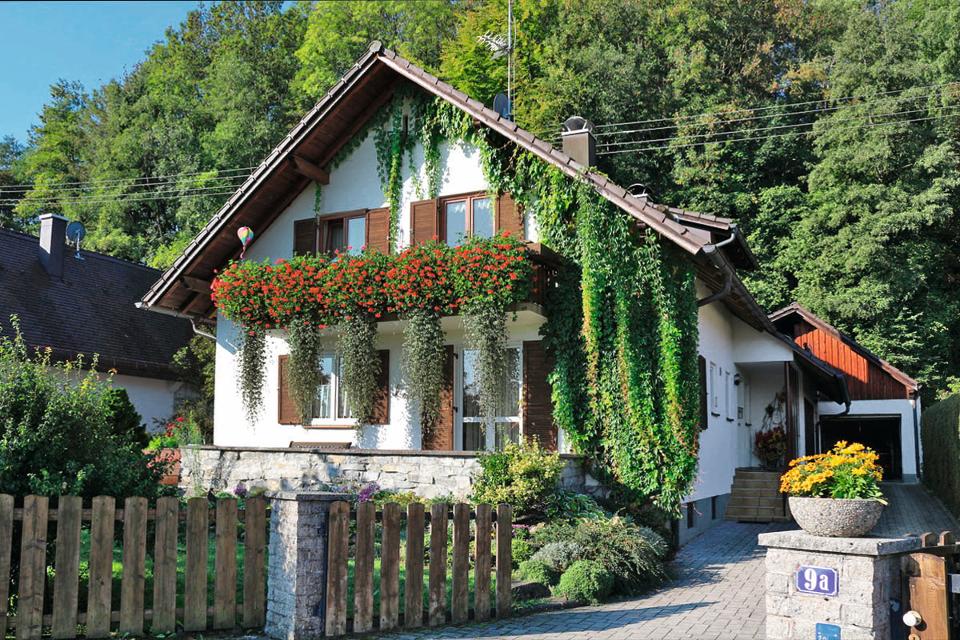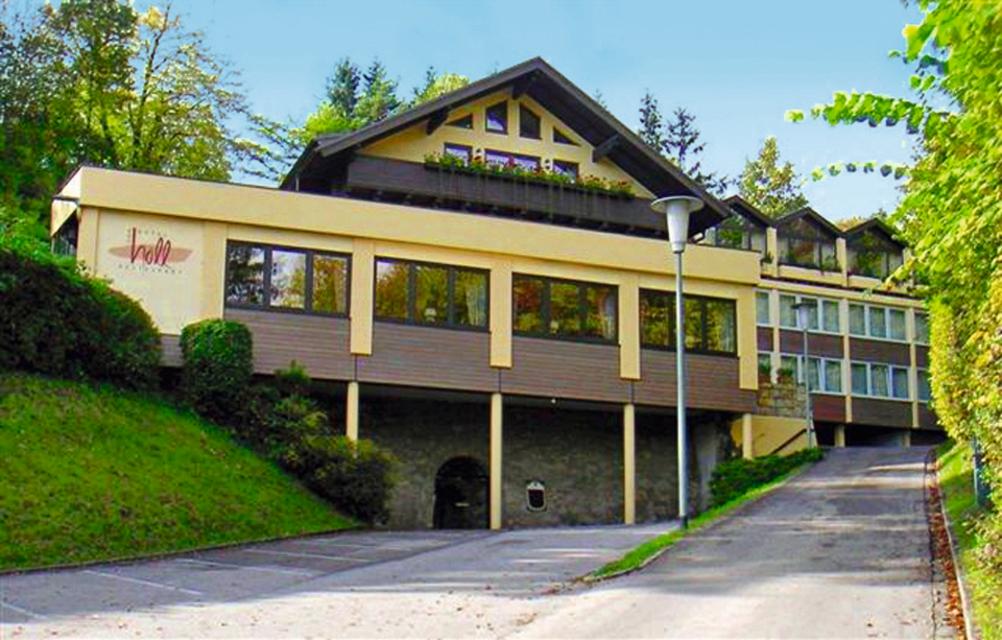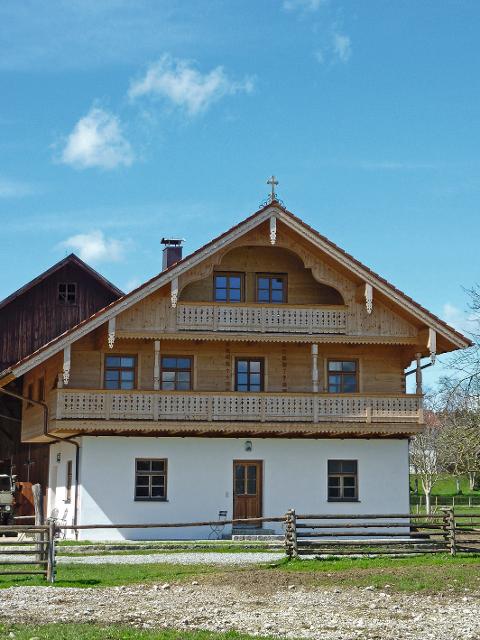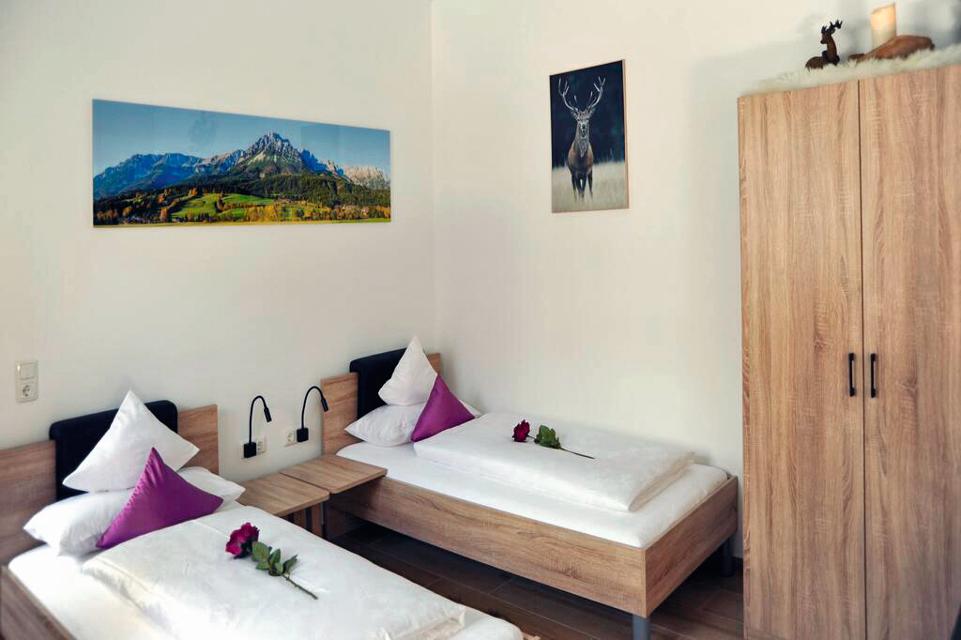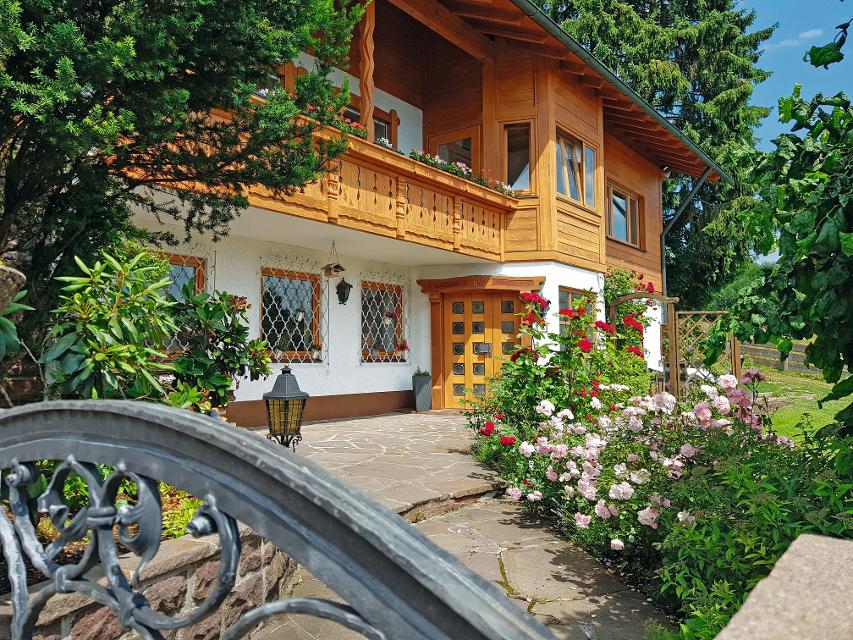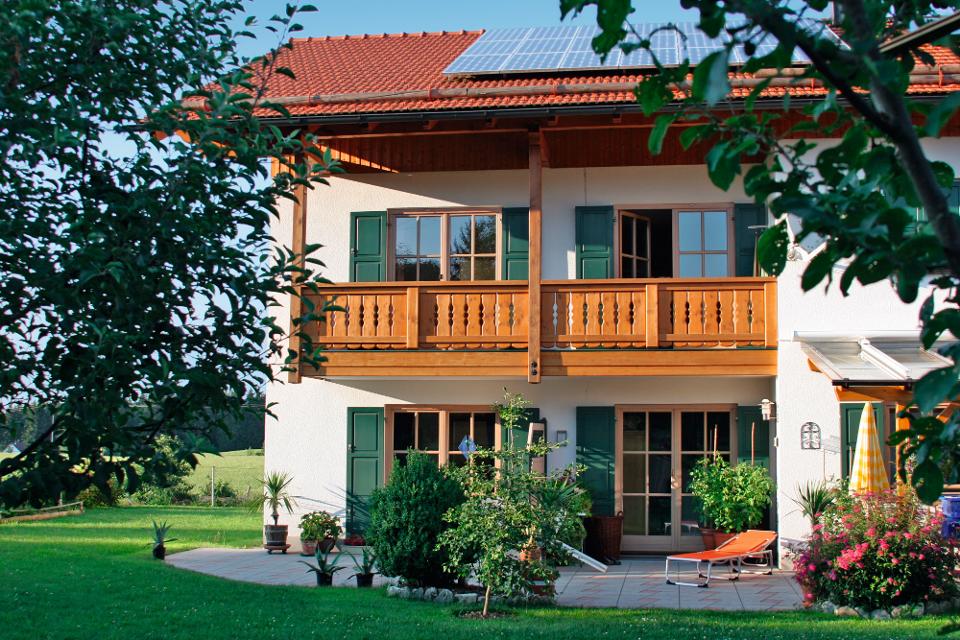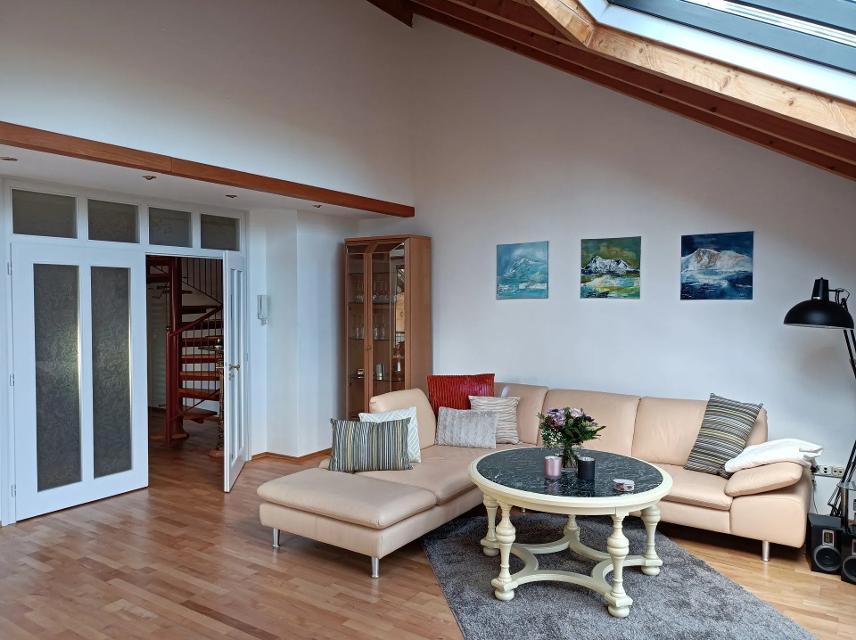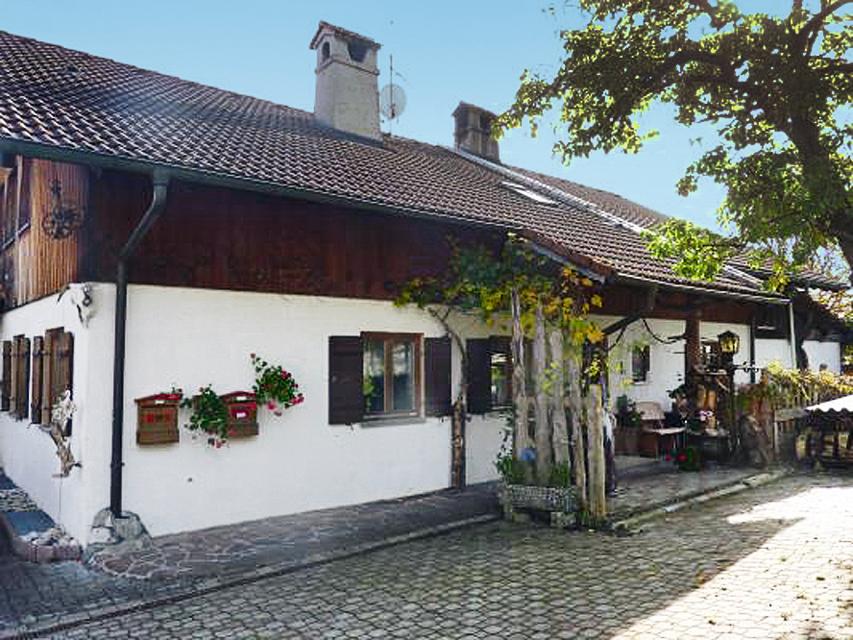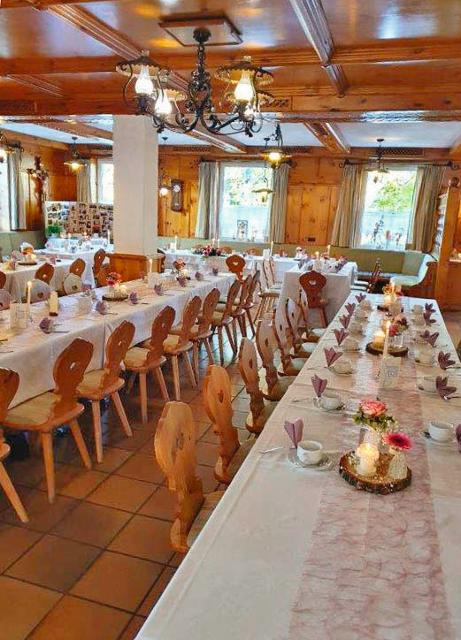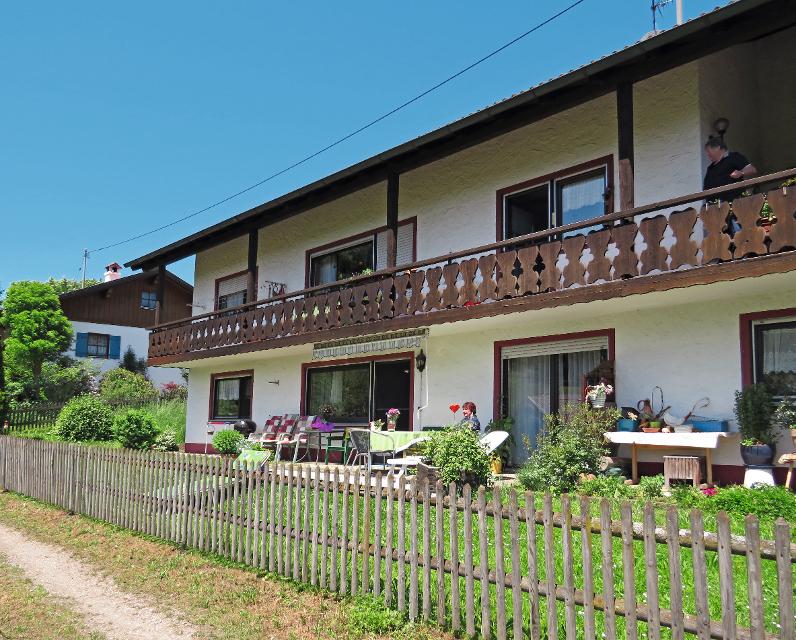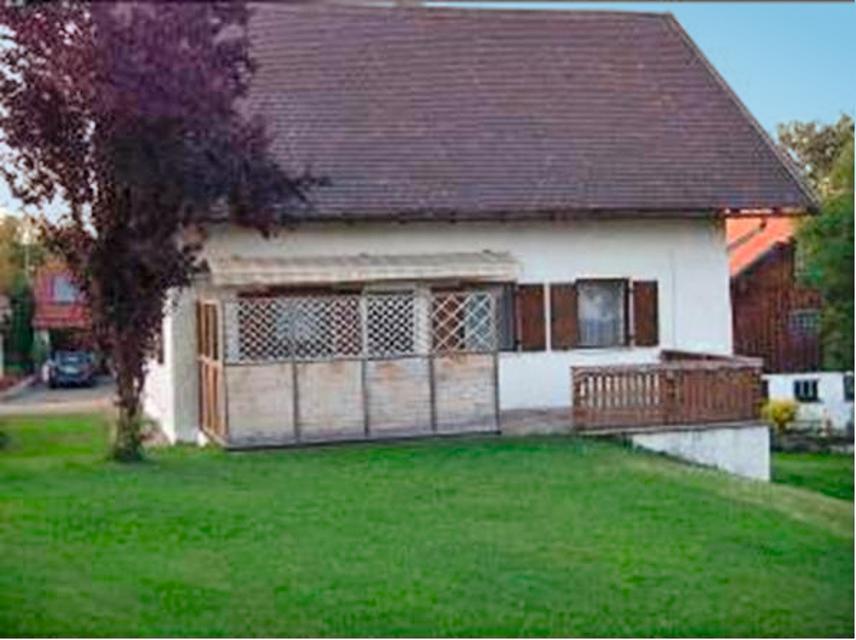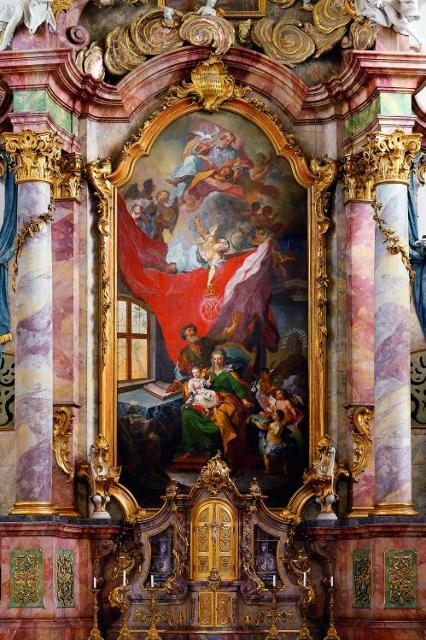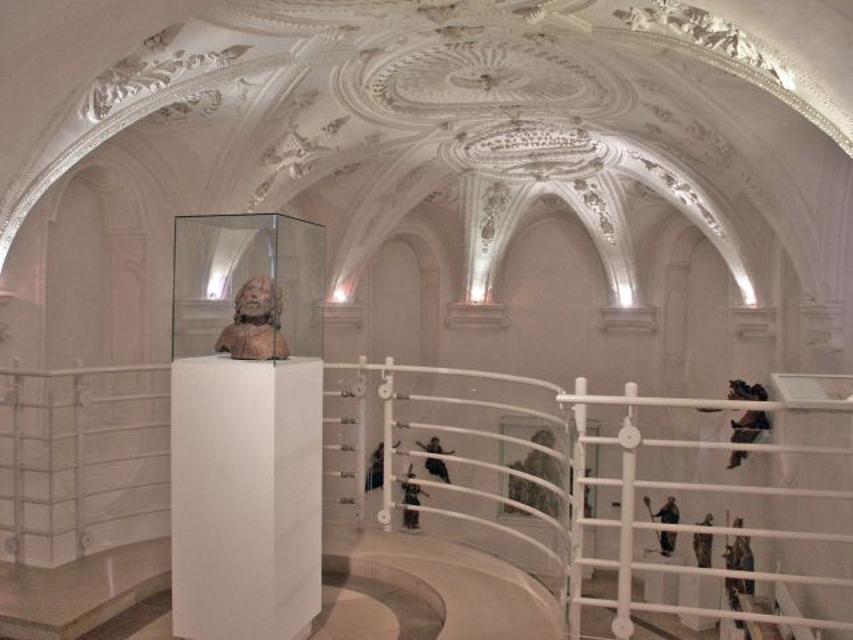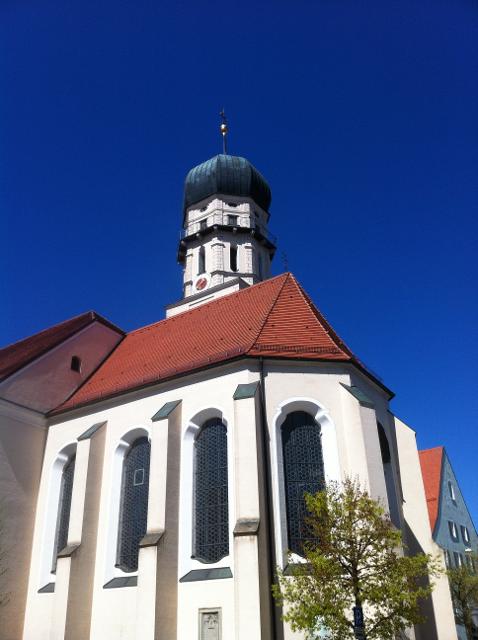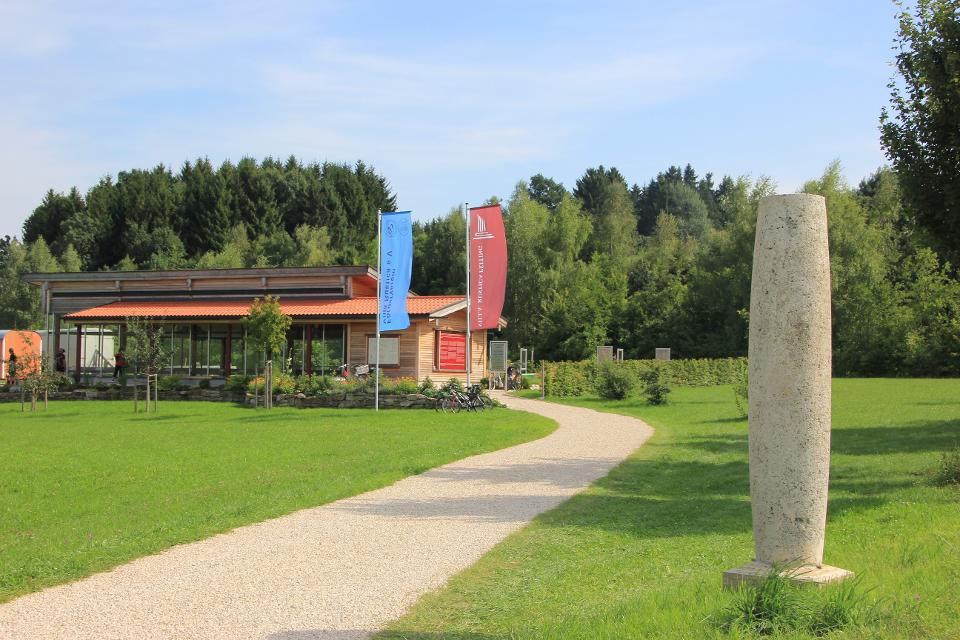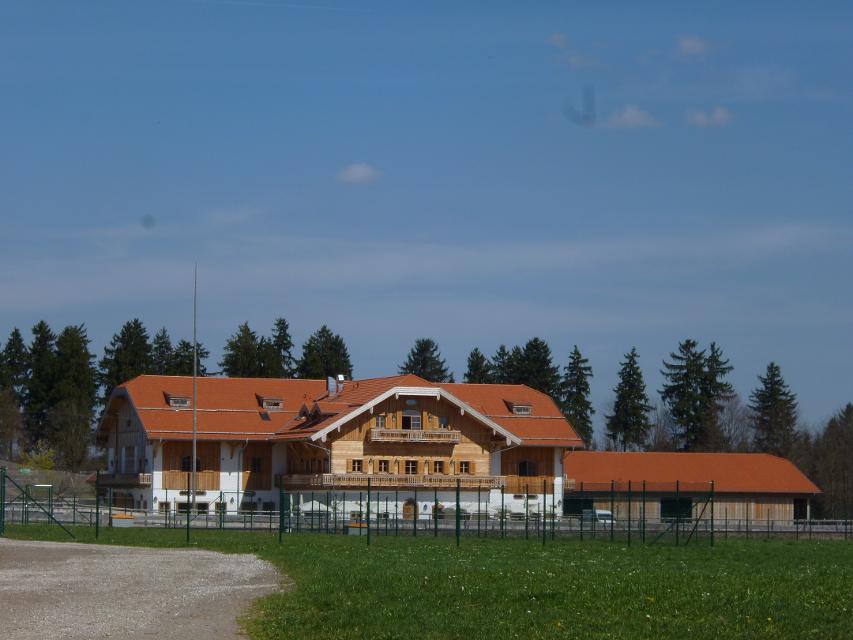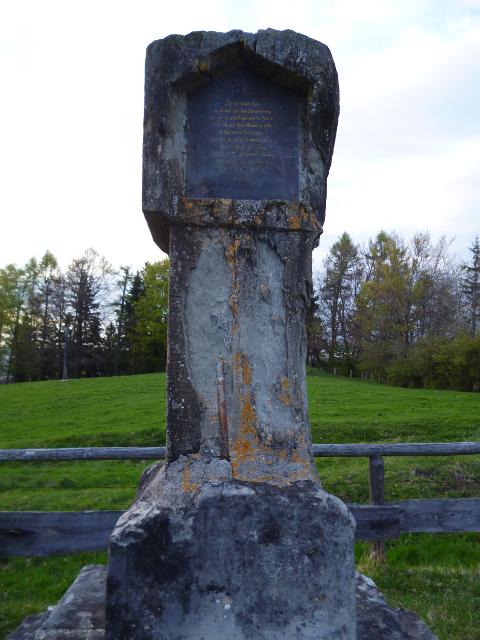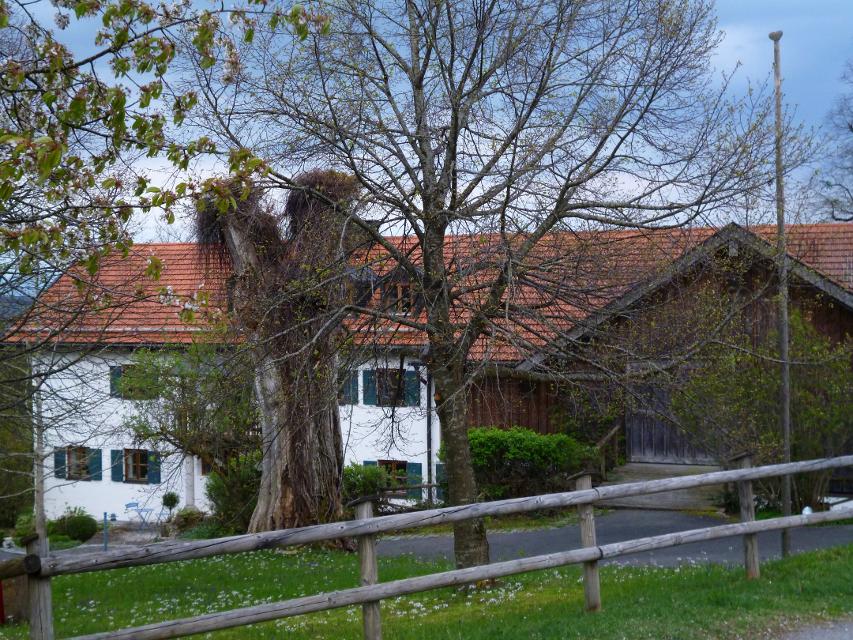Münzgebäude
Münstraße 35, 86956 Schongau, Germany(703 m über NN)
Das sogenannte Alte Münzgebäude liegt am Ende der Hauptverkehrsachse der Schongauer Altstadt an der Münzstraße. Es ist Teil der Stadtmauer und geht im Kern auf das nach Norden führende Münzmeistertor zurück.
Audiokommentar zur Station 8, Münzgebäude
Auszug aus dem Audiokommentar von Oliver Pötzsch:
Der Name dieses historischen Gebäudes täuscht. Im sogenannten Schongauer Münzgebäude wurden vermutlich nie Münzen geprägt, höchstens der Münzmeister wohnte hier in der Nähe. Die eigentliche Funktion des Gebäudes ist weitaus grausiger: Hier stand einst die Fronveste, also das Stadtgefängnis und auch Folterstätte. Wenn Sie so wollen, stehen Sie vor dem Arbeitszimmer meiner Vorfahren. Viele Szenen meiner Romane spielen daher hier.
Obwohl es heute kaum noch vorstellbar ist, war Folter bis weit ins 18. Jahrhundert hinein ein wichtiger Bestandteil der Justiz. Es gab kein Indizienverfahren – um einen Täter zu verurteilen, brauchte man ein Geständnis. Und wenn dies nicht freiwillig geschehen ist, dann haben Sie einfach geholfen. Dafür waren meine Vorfahren verantwortlich. Oft genügte es, dem Verdächtigen die Folterinstrumente zu zeigen. Sofern sie nicht freiwillig ein Geständnis ablegten, erfolgte die Folter in mehreren Härtegraden. Alles wurde sorgfältig protokolliert, als ob die Bürokratie versuchte, die offensichtliche Ungerechtigkeit zu beschönigen.
Für Folter und Hinrichtungen gab es eine genaue Gebührenliste, nach der auch die Kuisls bezahlt wurden. Das Abschlagen mit der Rute kostete 47 Kreuzer, das Abschlagen einer bereits eingebrachten Hand 1 Gulden, das Torquieren, also Foltern einer Hexe, 2 Gulden 30 Kreuzer. Besonders gut bezahlt wurde der Scheiterhaufen, der zehn Gulden kostete.
Als Nachkomme einer Henkersdynastie ist es mir wichtig zu betonen, dass es sich bei den Henkern in den meisten Fällen wahrscheinlich nicht um Sadisten handelte. Sie haben genau die Aufgabe erfüllt, die Gott für Sie vorgesehen hat. Folter und insbesondere Hinrichtungen schienen den meisten Menschen fair zu sein. Dennoch war das Töten für die Henker sicherlich nicht immer einfach – vor allem, weil sie wussten, dass sie, wenn die Hinrichtung nicht nach Plan verlief, schnell selbst Opfer des Lynchrechts werden würden. Im Band „Die Henkers Tochter und der Teufel von Bamberg“ wird eine solche Szene im Prolog beschrieben. Es basiert auf einer wahren Begebenheit.
Dies ist wahrscheinlich einer der Gründe, warum eine Reihe von Henkern echte Quartalskäufer waren. Aus Nördlingen ist ein Fall überliefert, in dem der Henker auf der Hinrichtungsstätte sieben Köpfe statt einem sah. Dementsprechend blutig war die Hinrichtung. Seine Frau soll die Sache dann erledigt haben, heißt es.
Ausstattung
Barrierearm
Essen in der Nähe
"Essen in der Nähe" überspringenca. 0,4 km entfernt
Herr Lose - Unverpacktladen
geschlossen
| Wochentag | Öffnungszeiten |
|---|---|
| Montag | 09:00 - 18:00 |
| Dienstag | 09:00 - 18:00 |
| Mittwoch | 09:00 - 18:00 |
| Donnerstag | 09:00 - 18:00 |
| Freitag | 09:00 - 18:00 |
| Samstag | 09:00 - 13:30 |
| Sonntag | geschlossen |
Marienplatz 16, 86956 Schongau, Germany
Wie wäre es mit einer Tasse Kaffee, einem Espresso, Cappuccino oder Latte Macchiato? In unserem gemütlichen Café wollen wir Ihnen den besten Kaffee in der Schongauer Altstadt bieten!
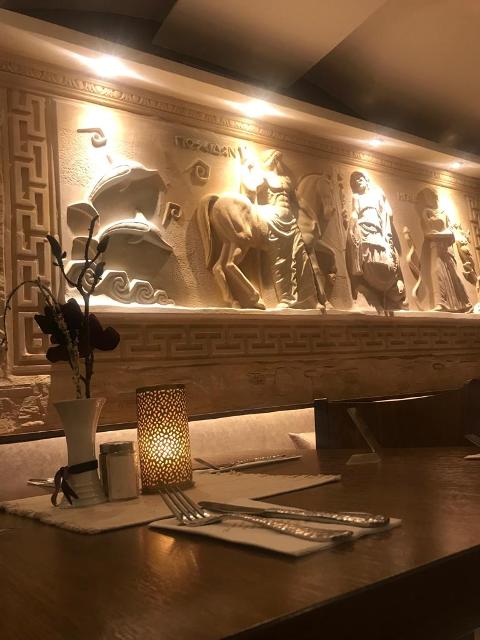
ca. 0,4 km entfernt

ca. 0,4 km entfernt
Lagerhaus
Karmeliterstr. 5, 86956 Schongau, Germany
Restaurant, mit Cafe und Bar. Seit dem Umbau kann das Lagerhasu auch mit einem Kinobesuch der besonderen Art aufwarten.
ca. 1,9 km entfernt
Schreinercafé
Friedhofweg 9, 86972 Altenstadt, Germany
Wer im Schreinercafé sitzt, genießt von der Frau des Schreinermeisters Richard Kögl täglich frisch gebackenen Kuchen , frisch gebrühten Kaffee wie er schon einst von Oma zubereitet wurde, und einen unverstellten Blick auf die romanische Basilika unweit des Cafés
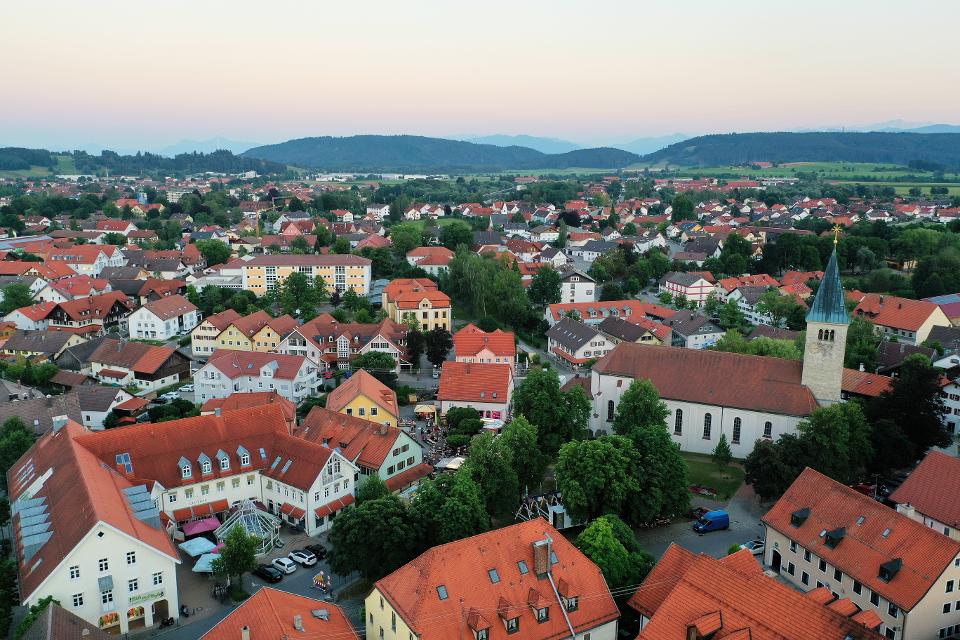
ca. 2,9 km entfernt
Central Café Bistro Bar
geschlossen
| Wochentag | Öffnungszeiten |
|---|---|
| Montag | geschlossen |
| Dienstag | 10:00 - 23:30 |
| Mittwoch | 10:00 - 23:30 |
| Donnerstag | 10:00 - 23:30 |
| Freitag | 10:00 - 23:30 |
| Samstag | 10:00 - 23:30 |
| Sonntag | 10:00 - 23:30 |
Hauptplatz 5, 86971 Peiting, Germany
Im Central Café, im Herzen von Peiting, trifft sich Jung und Alt mit Freunden und Bekannten zum Frühstücken, Essen, Kaffeetrinken mit einem hausgemachten Stück Kuchen oder abends auf einen Drink. Kleine Speisenkarte.
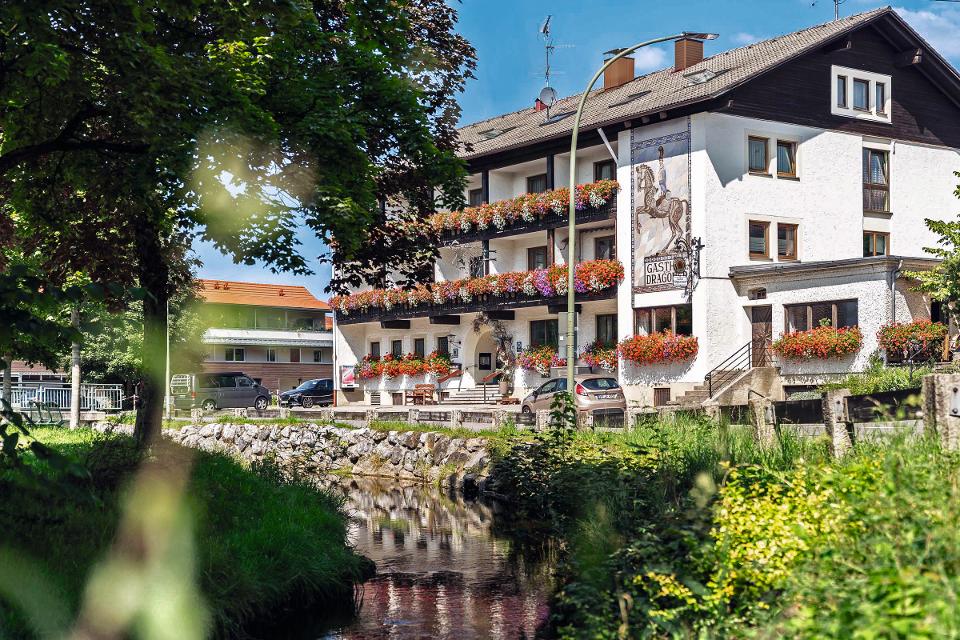
ca. 3,0 km entfernt
Hotel-Restaurant „Zum Dragoner“ OHG
Ammergauer Str. 11 + 16, 86971 Peiting, Deutschland
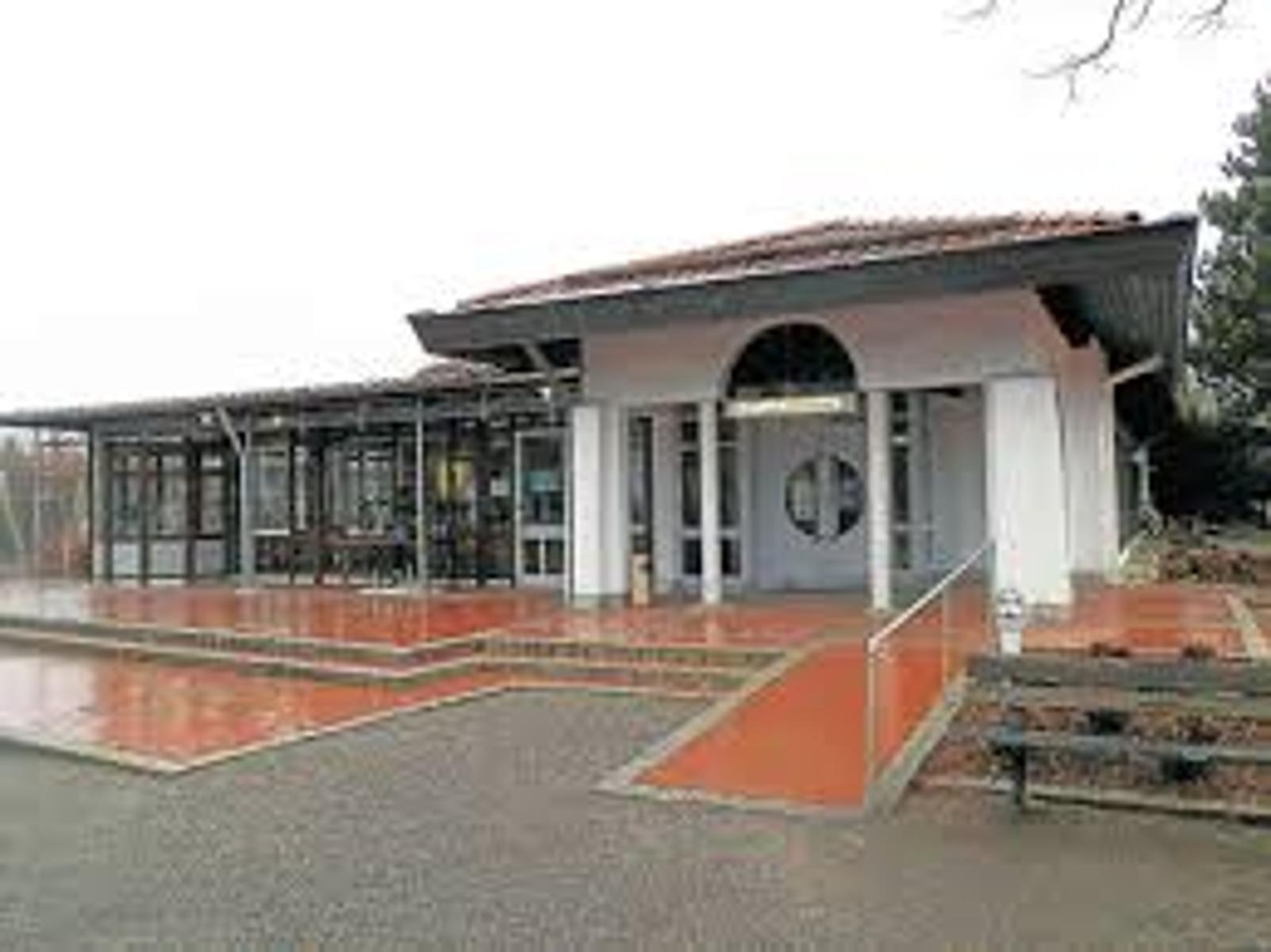
ca. 3,1 km entfernt
Herzog Cafe und Wirtshaus in Herzogsägmühle
geschlossen
| Wochentag | Öffnungszeiten |
|---|---|
| Montag | 10:00 - 16:00 |
| Dienstag | 10:00 - 16:00 |
| Mittwoch | 10:00 - 16:00 |
| Donnerstag | 10:00 - 16:00 |
| Freitag | geschlossen |
| Samstag | geschlossen |
| Sonntag | 09:00 - 17:00 |
Dorfplatz 8, 86971 Peiting-Herzogsägmühle, Germany
Das Café Herzog ist das öffentliche Café und Wirtshaus in Herzogsägmühle, mit Spielplatz, Minigolf und zwei Kegelbahnen. Unsere Speisekarte ist klein, aber fein. Wo immer möglich, verarbeiten wir regionale und nachhaltig erzeugte Produkte – selbstverständlich auch aus Herzogsägmühler Betrieben wie der Metzgerei, der Bäckerei sowie der Gärtnerei.Ebenso stellen wir viele Produkte hausgemacht her – wir haben Freude daran und hoffen, Sie mit unseren Speisen ein wenig verwöhnen zu können.Wir bieten Frühstück, Mittagessen und am Nachmittag können Sie sich auf erfrischende Eisbecher sowie hausgemachten Kuchen freuen. Unser barrierefreies Restaurant wurde mehrfach für seinen kinder- und familienfreundlichen Service ausgezeichnet.
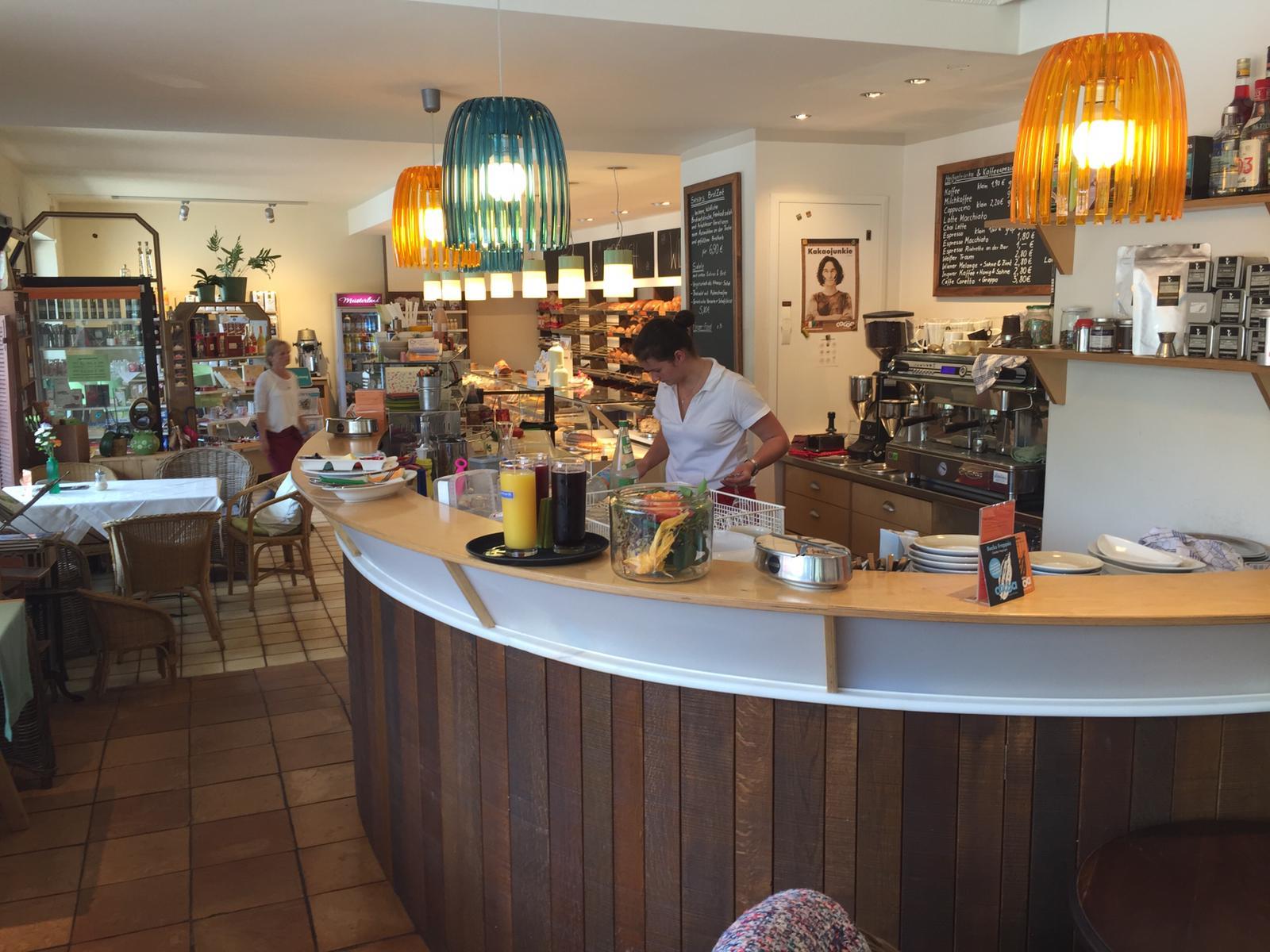
ca. 3,7 km entfernt
Bäckerei & Café Sesar
geschlossen
| Wochentag | Öffnungszeiten |
|---|---|
| Montag | 06:00 - 18:00 |
| Dienstag | 06:00 - 18:00 |
| Mittwoch | geschlossen |
| Donnerstag | 06:00 - 18:00 |
| Freitag | 06:00 - 18:00 |
| Samstag | 06:00 - 12:00 |
| Sonntag | 07:45 - 10:45 |
Bahnhofstraße 21, 86971 Peiting, Germany
Handwerklich-traditionelle Backkunst aus Peiting.
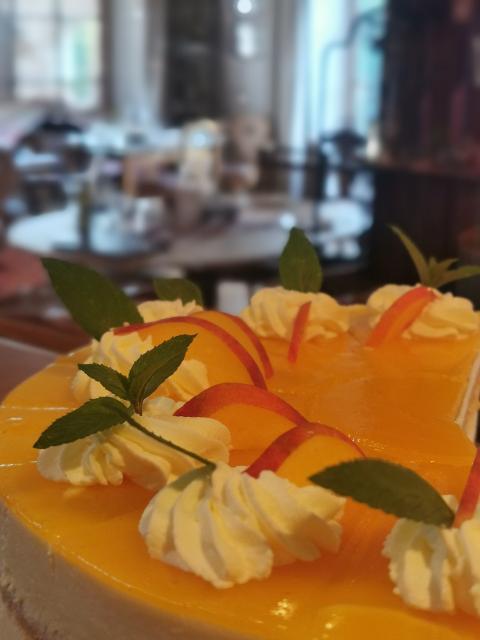
ca. 3,8 km entfernt
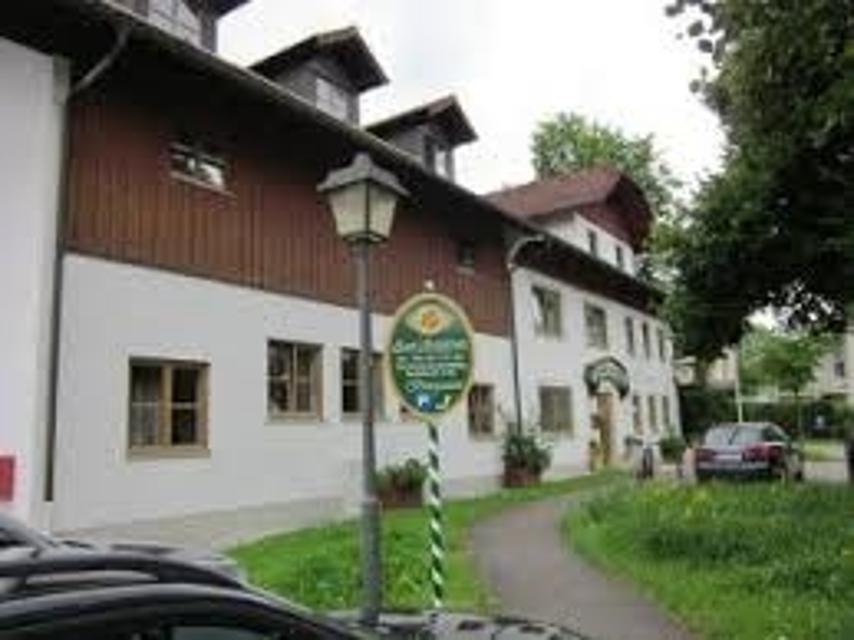
ca. 4,8 km entfernt
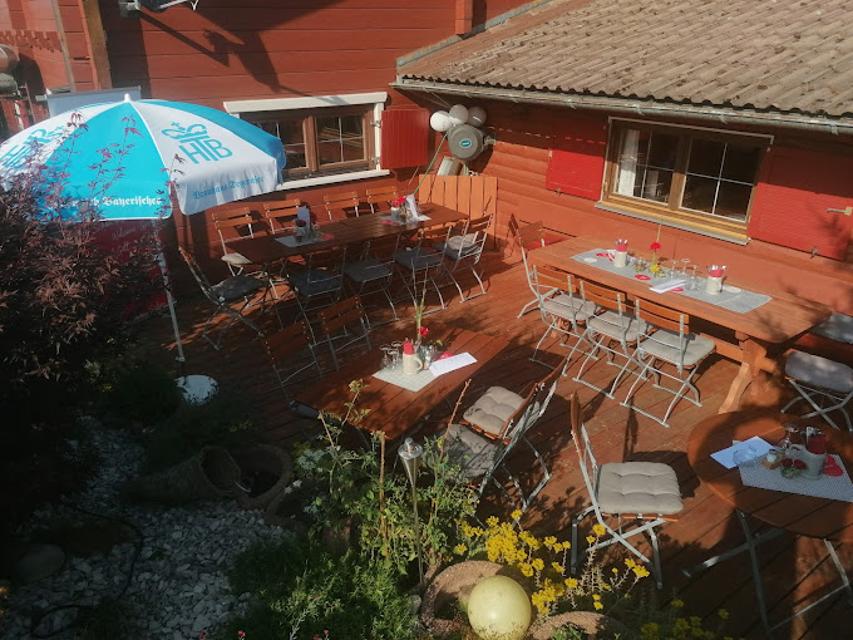
ca. 6,3 km entfernt
Olli´s Schnaidbergstuben
geschlossen
| Wochentag | Öffnungszeiten |
|---|---|
| Montag | geschlossen |
| Dienstag | geschlossen |
| Mittwoch | 17:30 - 23:00 |
| Donnerstag | 17:30 - 23:00 |
| Freitag | 17:30 - 23:00 |
| Samstag | 11:30 - 23:00 |
| Sonntag | 11:30 - 21:30 |
Ramsau 9, 86971 Peiting, Germany
Kleine Gaststätte mit Biergarten und Terrasse. Direkt am Radweg in Richtung Rottenbuch gelegen. Abwechslungsreiche und kreative kleine Speisekarte.
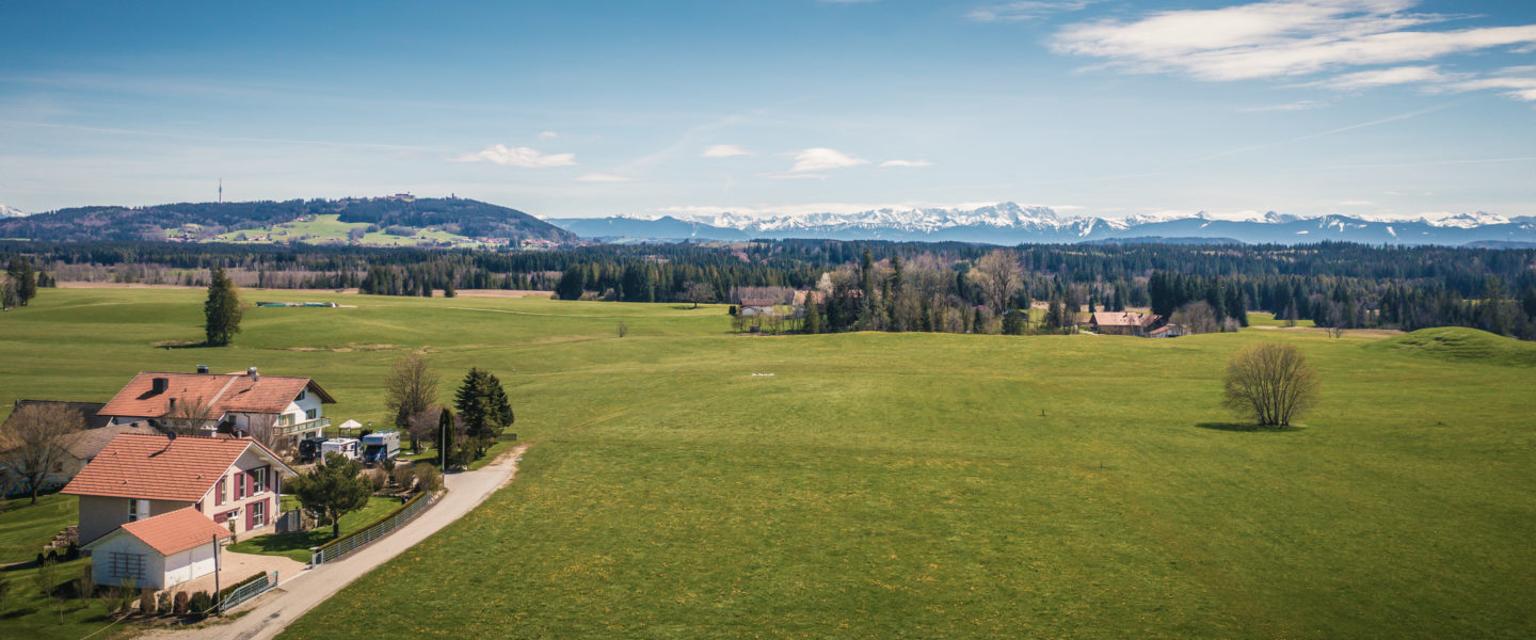
ca. 7,1 km entfernt
Restaurant Zauberhütte
geschlossen
| Wochentag | Öffnungszeiten |
|---|---|
| Montag | geschlossen |
| Dienstag | geschlossen |
| Mittwoch | geschlossen |
| Donnerstag | 17:00 - 22:00 |
| Freitag | 17:00 - 22:00 |
| Samstag | 11:30 - 22:00 |
| Sonntag | 11:30 - 22:00 |
Mößle 2, 86971 Peiting, Germany
Idyllisch und ruhig gelegen inmitten von Wiesen mit traumhaften Ausblick auf das Alpenpanorama.
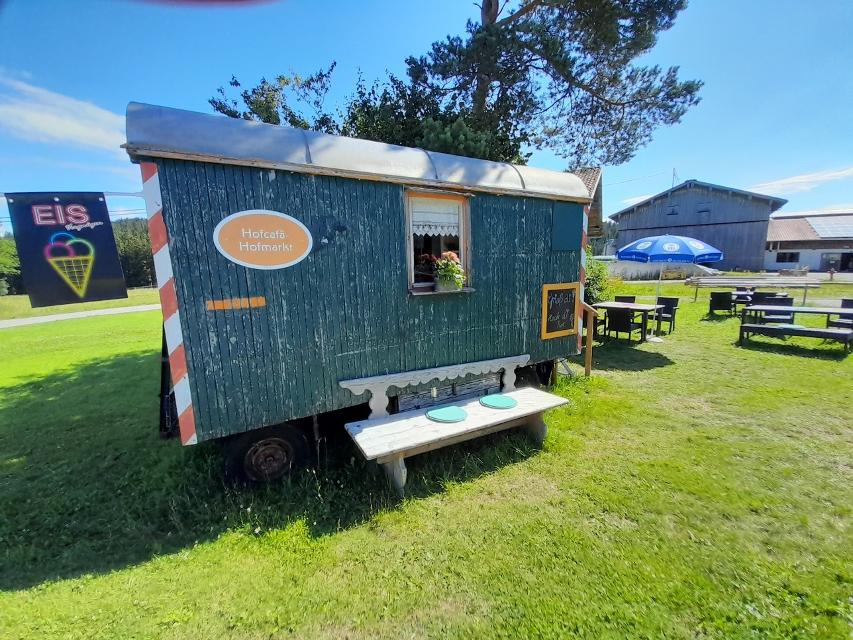
ca. 8,2 km entfernt
Hofcafä Burggen
geschlossen
| Wochentag | Öffnungszeiten |
|---|---|
| Montag | 07:00 - 20:00 |
| Dienstag | 07:00 - 20:00 |
| Mittwoch | 07:00 - 20:00 |
| Donnerstag | 07:00 - 20:00 |
| Freitag | 07:00 - 20:00 |
| Samstag | 07:00 - 20:00 |
| Sonntag | 07:00 - 20:00 |
Ziegler 2, 86977 Burggen, Germany
Das ist ja cool! Das ist meist die erste Reaktion von Radlern und Wanderern, die „zufällig“ amHofcafä vorbeikommen. Da steht ein Bauwagen mit herrlich einladenden Tischen und Sonnenschirmenam Hof. Und im Bauwagen? Selbstbedienung. Und zwar nur vom Feinsten!
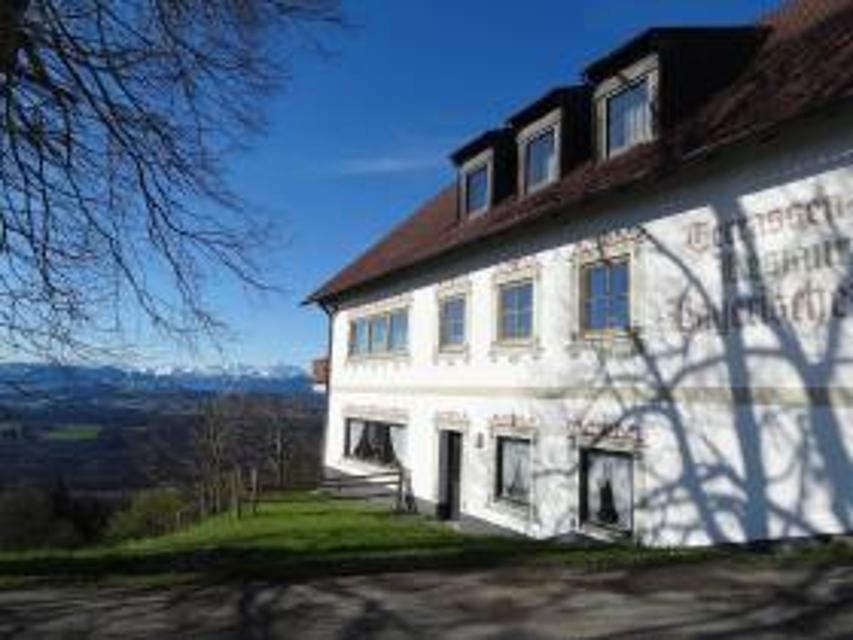
ca. 8,9 km entfernt
Gaststätte Bayerischer Rigi
M. Günther-Pl. 2, 82383 Hohenpeißenberg, Germany
Schweinshaxe, Jägerbraten und Staffelseezander im zünftigen Wirtshaus mit Panoramaterrasse auf 1000 m Höhe.
Unterkünfte in der Nähe
"Unterkünfte in der Nähe" überspringen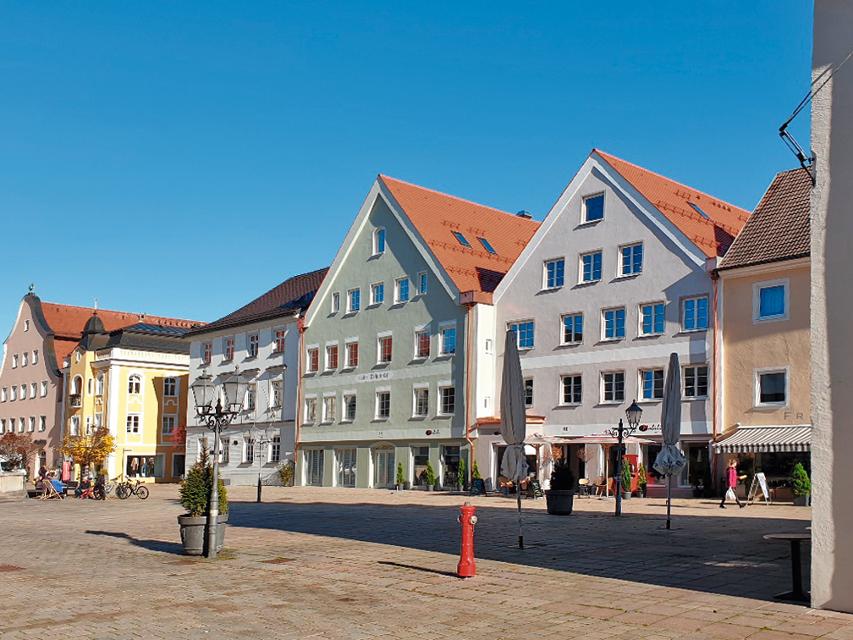
ca. 0,4 km entfernt
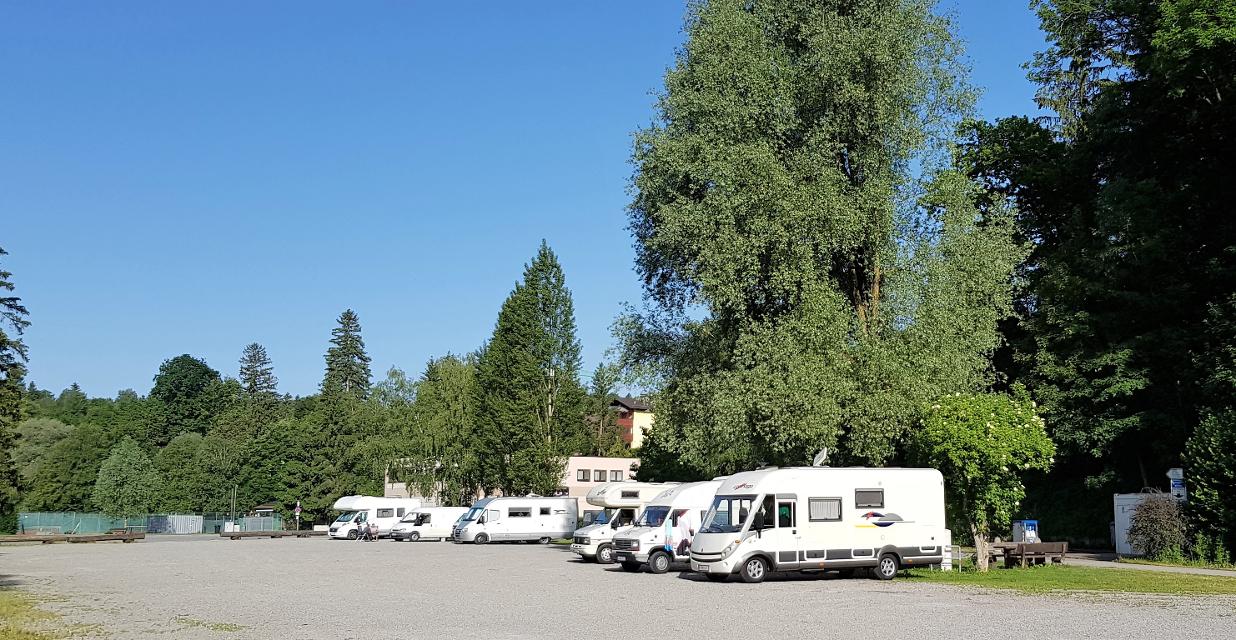
ca. 0,7 km entfernt
Wohnmobilstellplatz Schongau
Lechuferstraße, 86956 Schongau, Germany
Der Wohnmobilstellplatz befiindet sich in unmitelbarer Nähe des beliebten Erlebnisbades Plantsch an der Lechuferstraße. Dieser bietet 70 sonnige sowie teilweise schattige Plätze. Von dort aus ist über einenFußweg die Historische Altstadt in wenigen Minuten zu erreichen. Dort bietet sich eine attraktive Auswahl an Gastronomie, Geschäften, Fußgängerzone sowie auch historisch bedeutsame Punkte zur Besichtigung. Ein gleichfalls attraktives Ausflugsziel vom Wohnmobilstellplatz aus ist der Badestrand mit seinem gastronomisch bewirtschafteten Bootshaus am Schongauer Stausee "Lido"
Weitere Tipps in der Nähe
"Weitere Tipps in der Nähe" überspringen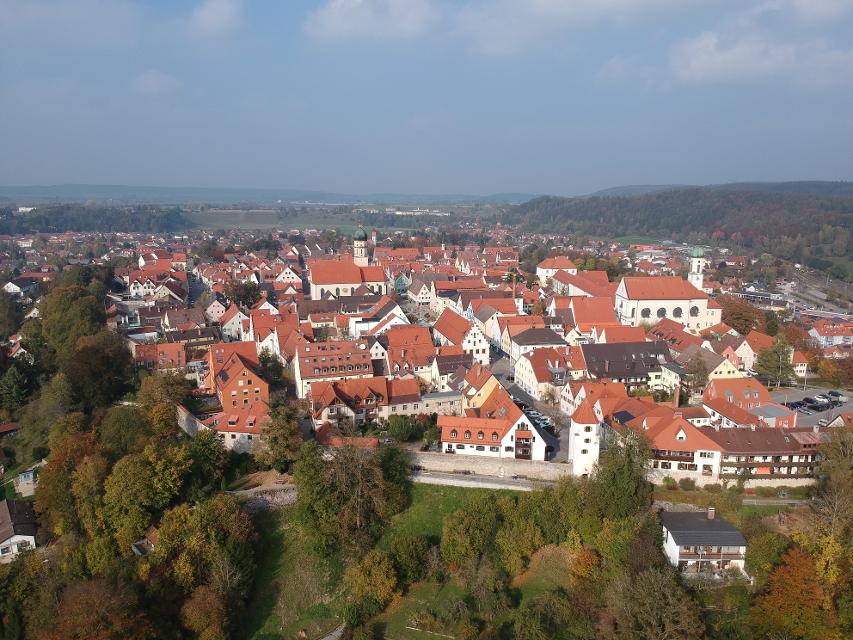
Empfehlung
Oliver Pötzsch guides you through the old town of Schongau
Experience an eventful and exciting tour through the historic old town of Schongau with audio commentary by bestselling author Oliver Pötzsch! To be able to use the audio files with the app, please activate the audio function on the map in the app.
1:15 h 11 hm 11 hm 2,0 km sehr leicht
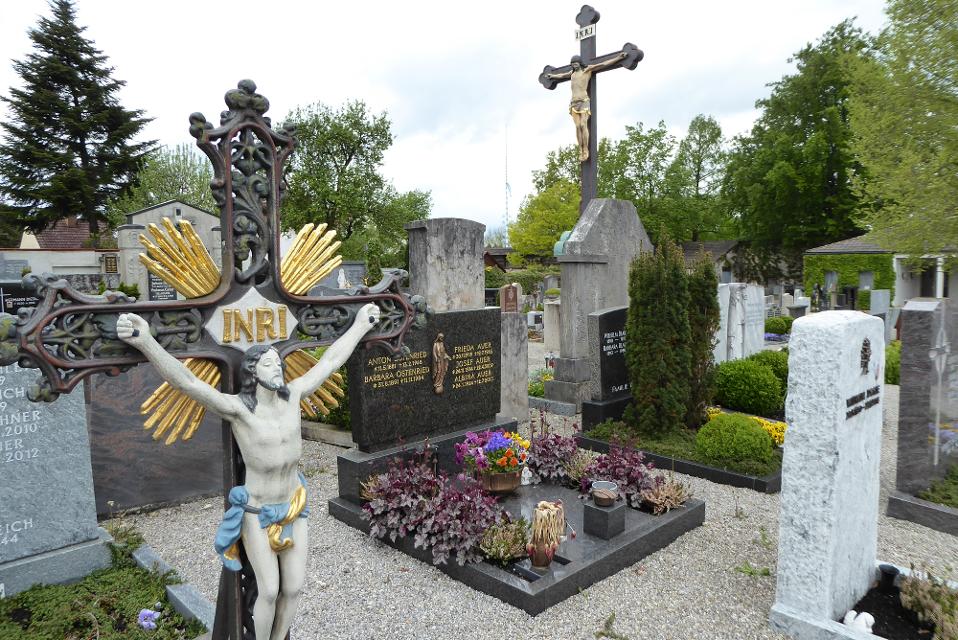
ca. 0,1 km entfernt
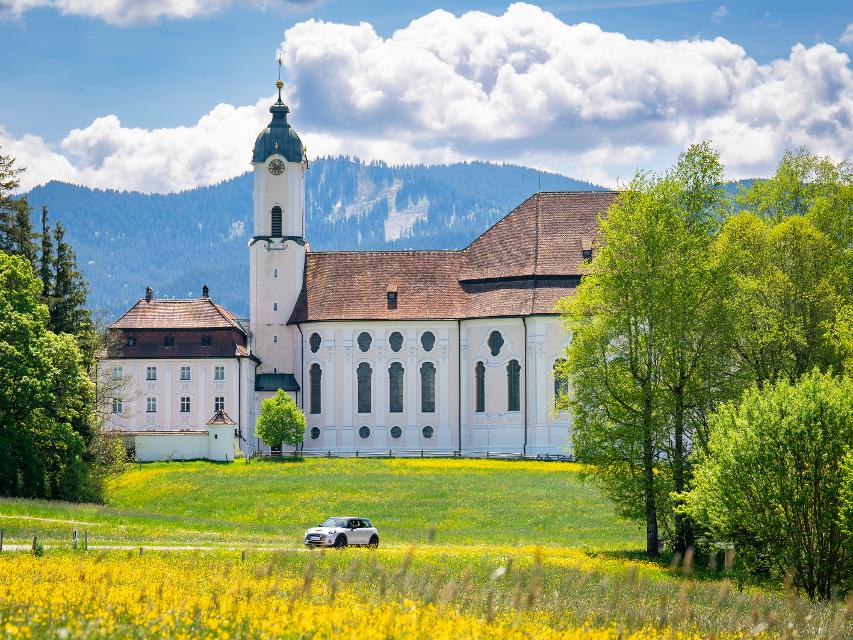
ca. 0,3 km entfernt
ca. 0,3 km entfernt
Parkplatz am Buchenweg Schongau
Buchenweg, 86956 Schongau, Germany
Großer Parkplatz mit Ladesäulen für E-Autos und Behindertenparkplätzen
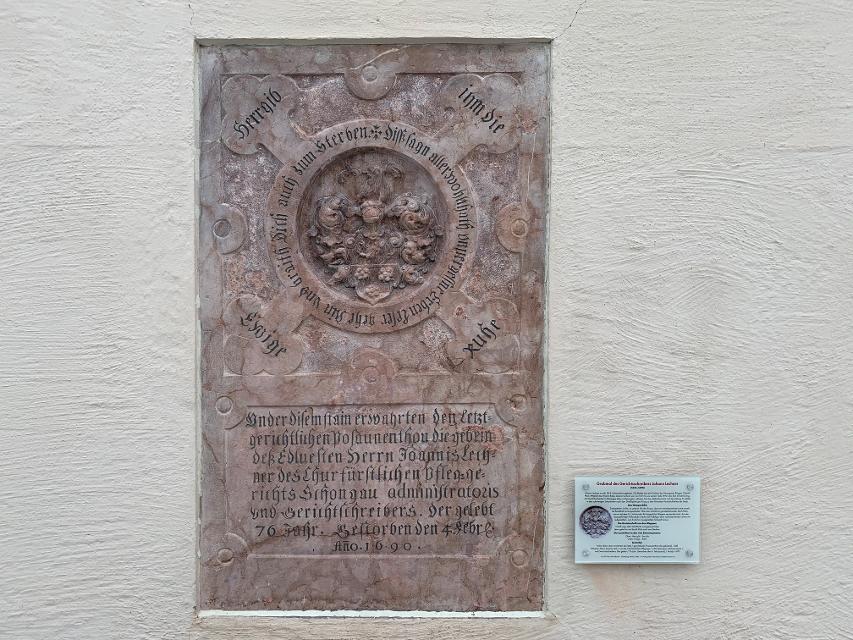
ca. 0,4 km entfernt
Grabmahl von Johann Lechner
Stadtpfarrkirche Mariä Himmelfahrt, 86956 Schongau, Germany
Audio commentary on Station 10: Johann Lechner‘s grave
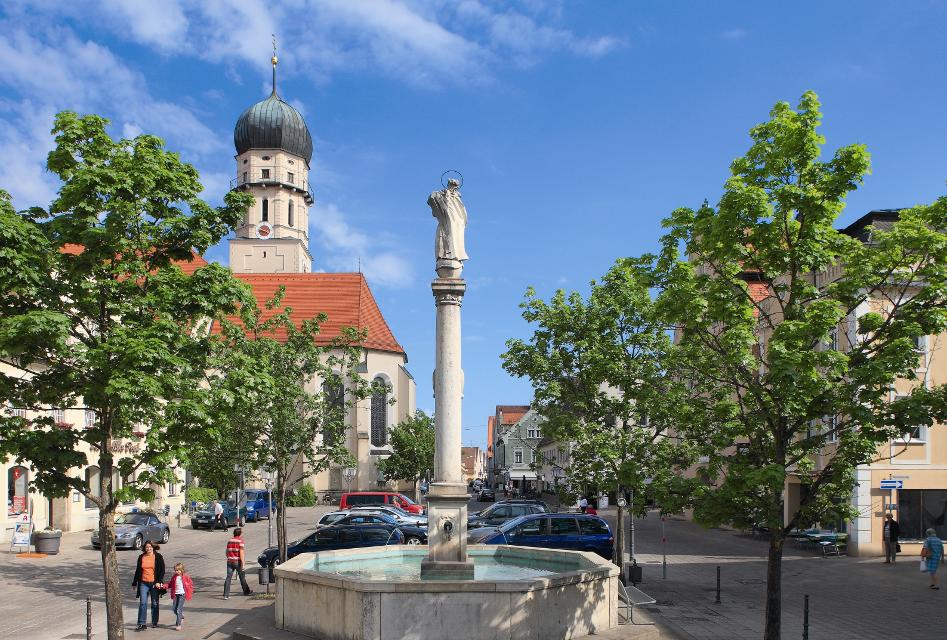
ca. 0,4 km entfernt
Brunnen am Marienplatz
Marienplatz, 86956 Schongau, Germany
The center of the historic old town is Marienplatz with Marienbrunnen and the mighty Ballenhaus. Life in the old town was concentrated around this square, as it is today. Important buildings such as the town hall or the church are in the immediate vicinity. Audio commentary on station 1, fountain at Marienplatz
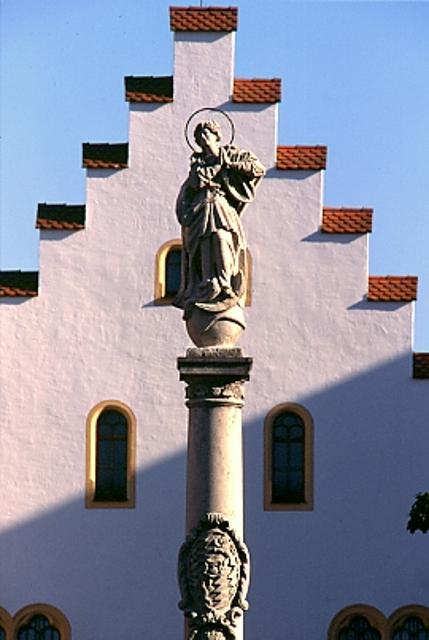
ca. 0,4 km entfernt
Schongau - die mittelalterliche Stauferstadt
Marienplatz, 86956 Schongau, Germany
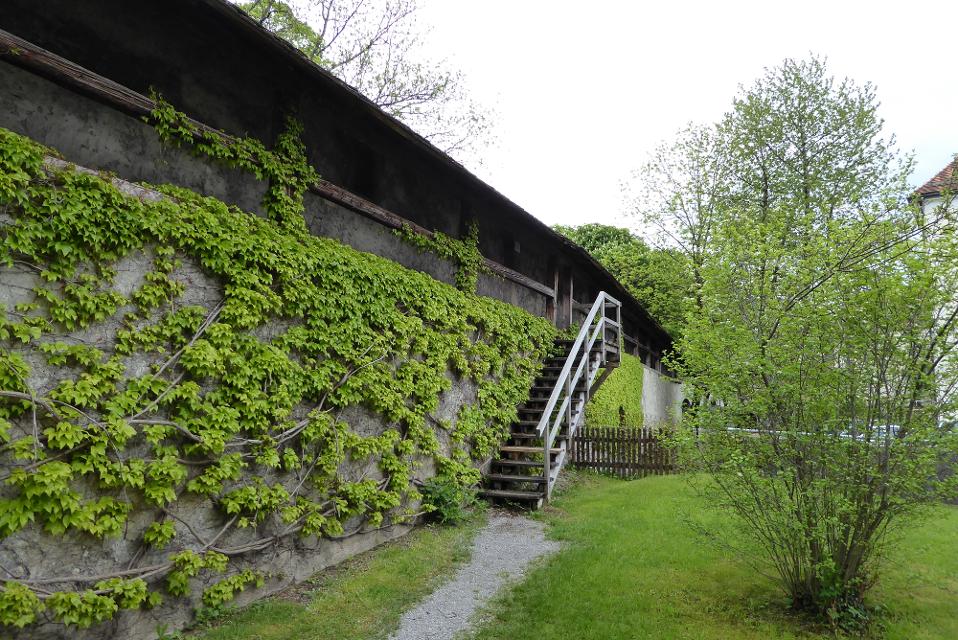
ca. 0,4 km entfernt
Wehrgang auf der historischen Stadtmauer
Karmeliterstraße, 86956 Schongau, Germany
Audiokommentar zur Station 8 - Der Wehrgang
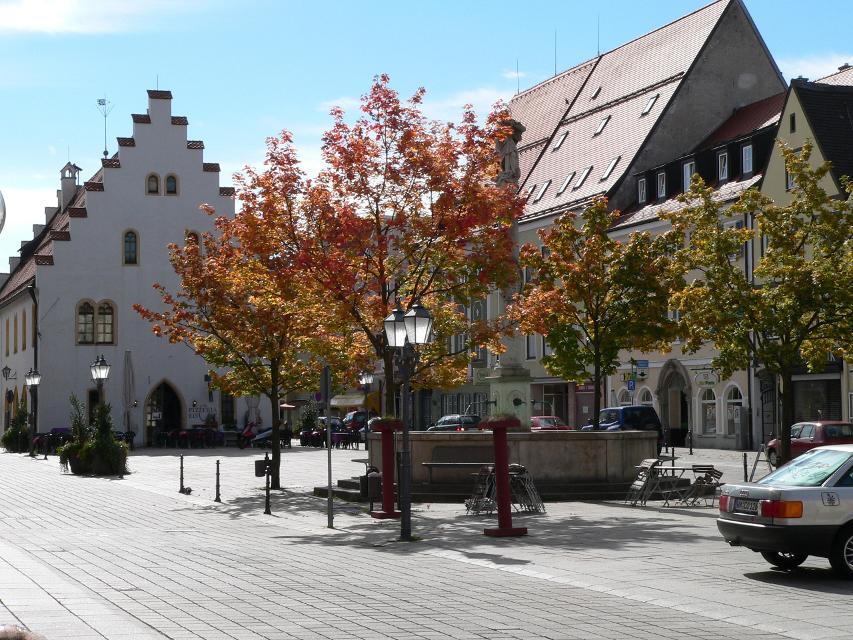
ca. 0,4 km entfernt
Marienplatz, ehemaliger Marktplatz
Marienplatz, 86956 Schongau, Germany
Audiokommentar zur Station 2 - Der Marktplatz
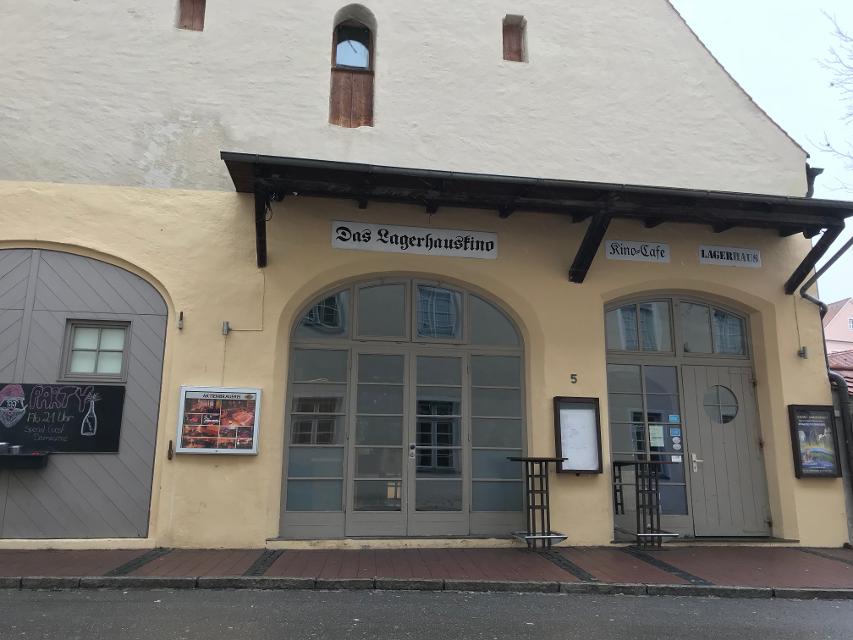
ca. 0,4 km entfernt
Lagerhauskino, Schongau
Karmeliterstraße 5, 86956 Schongau, Germany
Das kleine, etablierte Programmkino mit Holzbalkendecke zeigt Independent-Produktionen und Dokumentarfilme.
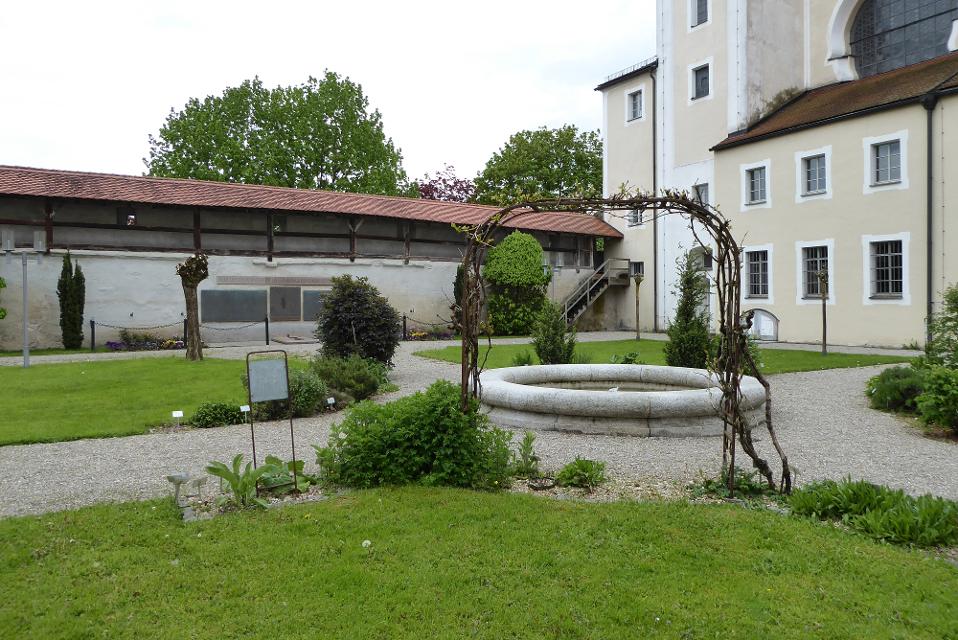
ca. 0,4 km entfernt
Klostergarten
Karmeliterstraße, 86956 Schongau, Germany
The monastery courtyard of the Heilig-Geist-Spital is located right next to the Heilig-Geist-Spitalkirche St. Anna on the east side of the historic city wall of Schongau. Like the church, it goes back to the work of the Carmelite monks who settled in Schongau at the beginning of the 18th century. Today, various medicinal herbs are grown in the monastery courtyard. Audio commentary on station 9, monastery garden
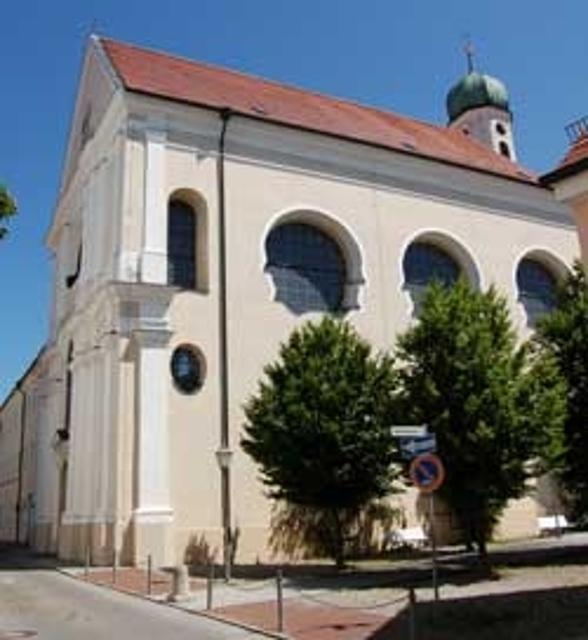
ca. 0,4 km entfernt
Ehemaliges Kloster der unbeschuhten Karmeliten
Karmeliterstraße, 86956 Schongau, Germany
Audiokommentar zur Station 7 - Das Kloster

ca. 0,4 km entfernt
Historisches Ballenhaus
Marienplatz, 86956 Schongau, Germany
The Ballenhaus is the only free-standing building on Marienplatz. In the Middle Ages it served as a warehouse and transhipment house. Here the carters had to store their goods packed in bales and declare them. The naming of the building still bears witness to this today. The first floor of the Ballenhaus is also the city‘s old council chamber. Audio commentary on Station 2, Ballenhaus
Das könnte Dir auch gefallen
"Das könnte Dir auch gefallen" überspringen
Historisches Ballenhaus
Marienplatz, 86956 Schongau, Germany
The Ballenhaus is the only free-standing building on Marienplatz. In the Middle Ages it served as a warehouse and transhipment house. Here the carters had to store their goods packed in bales and declare them. The naming of the building still bears witness to this today. The first floor of the Ballenhaus is also the city‘s old council chamber. Audio commentary on Station 2, Ballenhaus

Marienplatz, ehemaliger Marktplatz
Marienplatz, 86956 Schongau, Germany
Audiokommentar zur Station 2 - Der Marktplatz
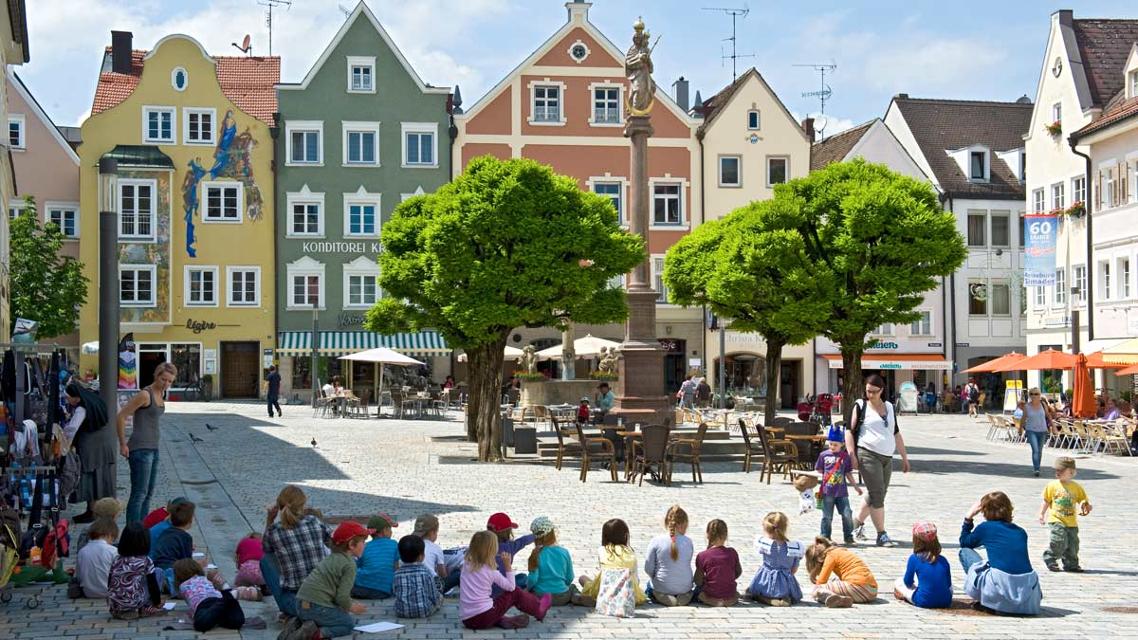
Marienplatz - Weilheims gute Stube
Marieplatz, 82362 Weilheim in Oberbayern, Germany
Der gepflegte Platz inmitten von Weilheim lädt zum Verweilen in einem der vielen Cafés und Gaststätten ein.
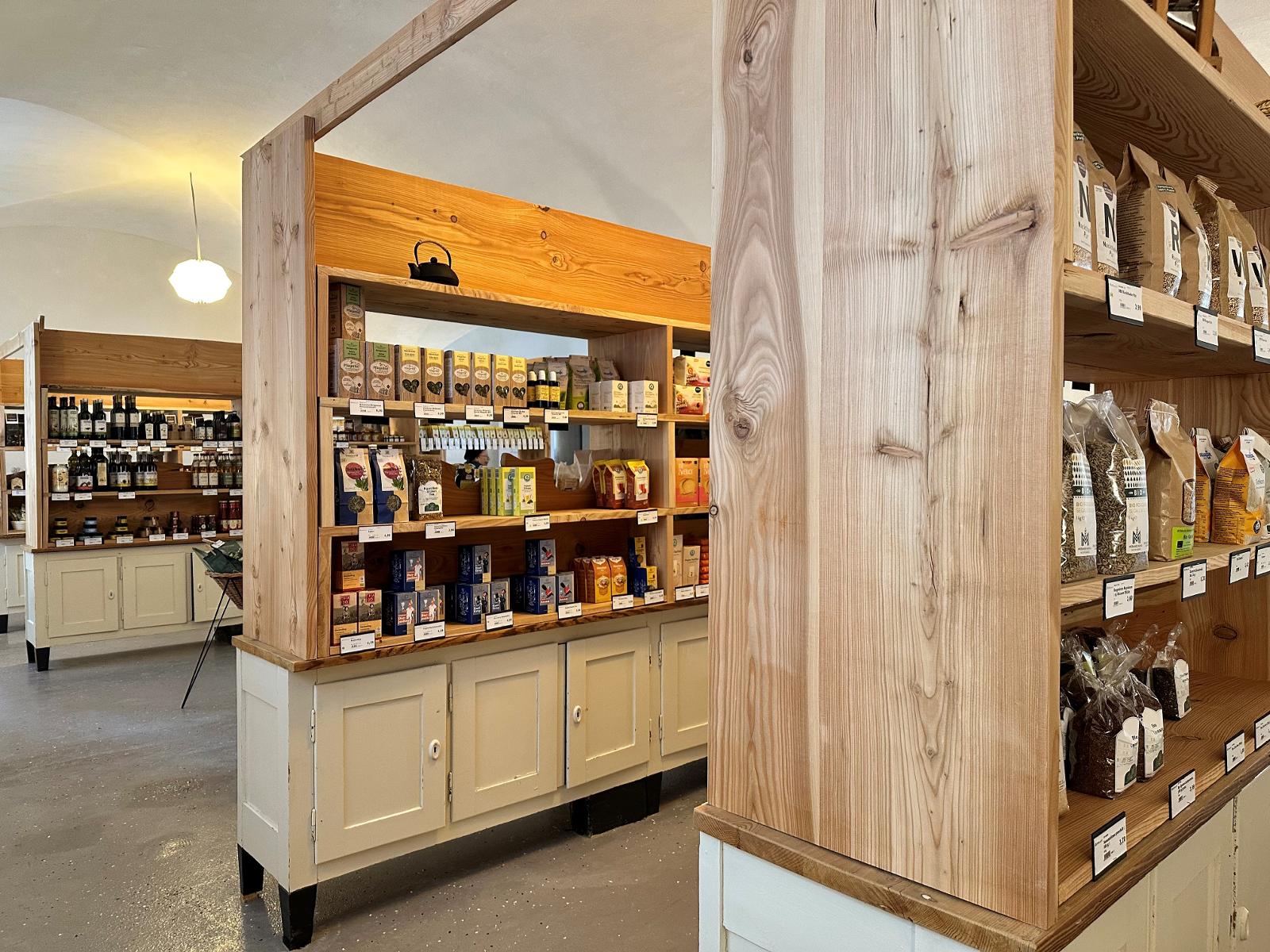
Supermarkt in den Bräuhaus-Passagen Steingaden
geschlossen
| Wochentag | Öffnungszeiten |
|---|---|
| Montag | 08:00 - 18:00 |
| Dienstag | 08:00 - 18:00 |
| Mittwoch | 08:00 - 18:00 |
| Donnerstag | 08:00 - 18:00 |
| Freitag | 08:00 - 18:00 |
| Samstag | 08:00 - 13:00 |
| Sonntag | geschlossen |
Welfenstraße 13E, 86989 Steingaden, Germany
Im historischen Klosterbräuhaus von 1790 finden Sie ein einzigartiges Einkaufserlebnis. Das Beste aus Tante-Emma-Laden, Bio- & Wochenmarkt mit ausgewähltem Vollsortiment: Speck, Käsespezialitäten & Feinkost direkt aus Südtirol, Naturkost von ökologischen & kleinbäuerlichen Höfen, Speiseöle & Gewürze aus kleinen Manufakturen, frisches Obst & Gemüse aus ehrlichem Anbau, schonende Drogerie- & Haushaltsartikel, Wild aus regionalem Gehege, Zeitungen, Schreibwaren, u.v.m.

Central Café Bistro Bar
geschlossen
| Wochentag | Öffnungszeiten |
|---|---|
| Montag | geschlossen |
| Dienstag | 10:00 - 23:30 |
| Mittwoch | 10:00 - 23:30 |
| Donnerstag | 10:00 - 23:30 |
| Freitag | 10:00 - 23:30 |
| Samstag | 10:00 - 23:30 |
| Sonntag | 10:00 - 23:30 |
Hauptplatz 5, 86971 Peiting, Germany
Im Central Café, im Herzen von Peiting, trifft sich Jung und Alt mit Freunden und Bekannten zum Frühstücken, Essen, Kaffeetrinken mit einem hausgemachten Stück Kuchen oder abends auf einen Drink. Kleine Speisenkarte.
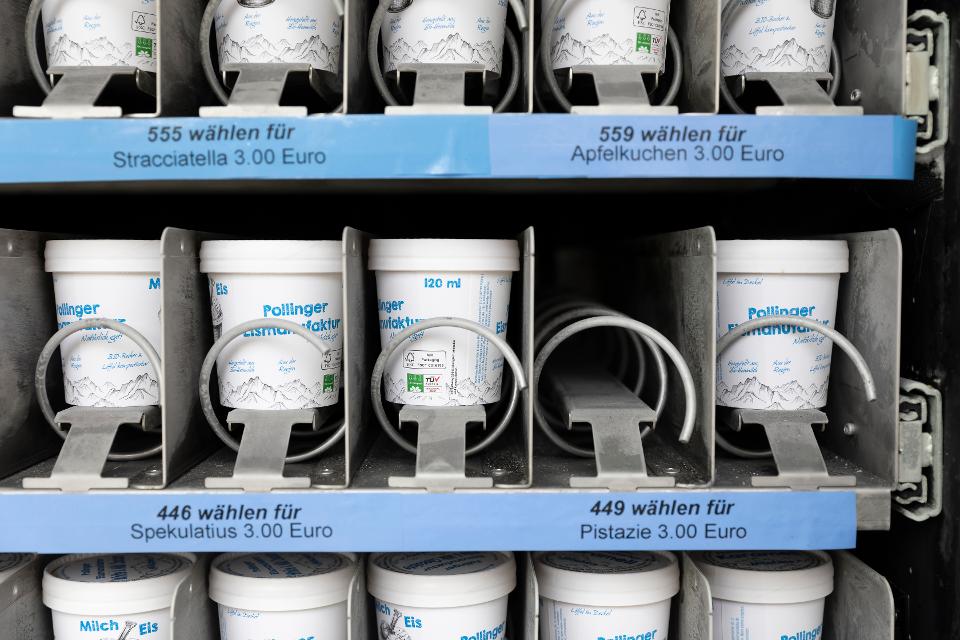












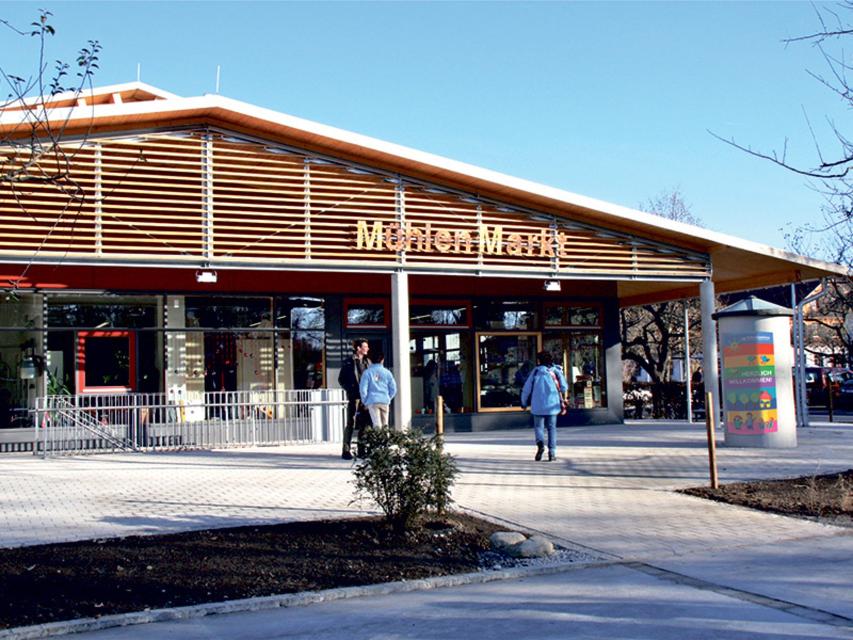
Mühlenmarkt Herzogsägmühle
geschlossen
| Wochentag | Öffnungszeiten |
|---|---|
| Montag | 07:30 - 13:00 |
| Dienstag | 07:30 - 18:00 |
| Mittwoch | 07:30 - 18:00 |
| Donnerstag | 07:30 - 18:00 |
| Freitag | 07:30 - 18:00 |
| Samstag | 08:00 - 12:00 |
| Sonntag | geschlossen |
Unteroblandstr. 11, 86971 Peiting, Germany
Lebensmittel, Metzgerei, Bäckerei, Gemüse und Obst
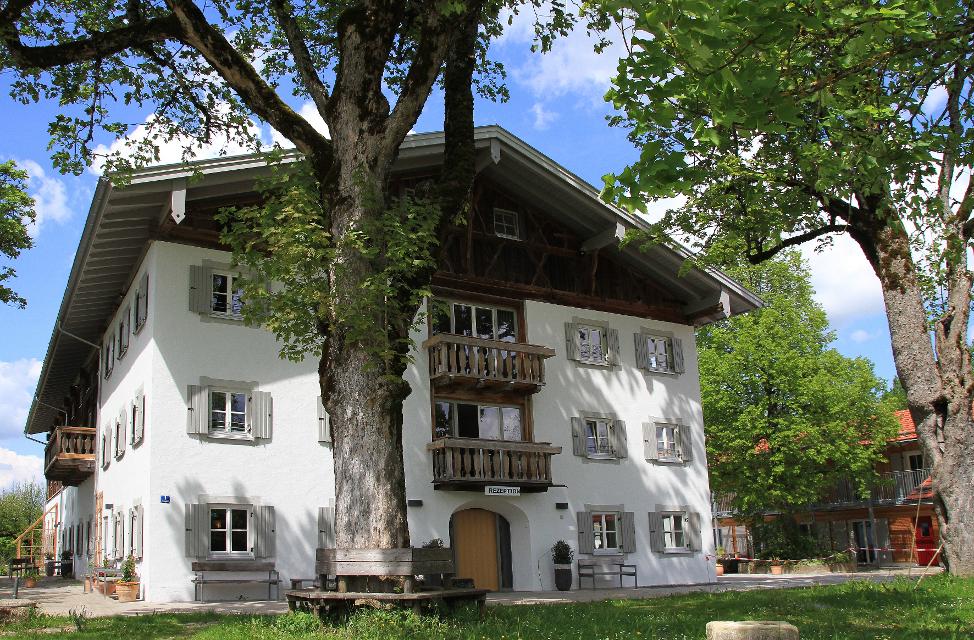
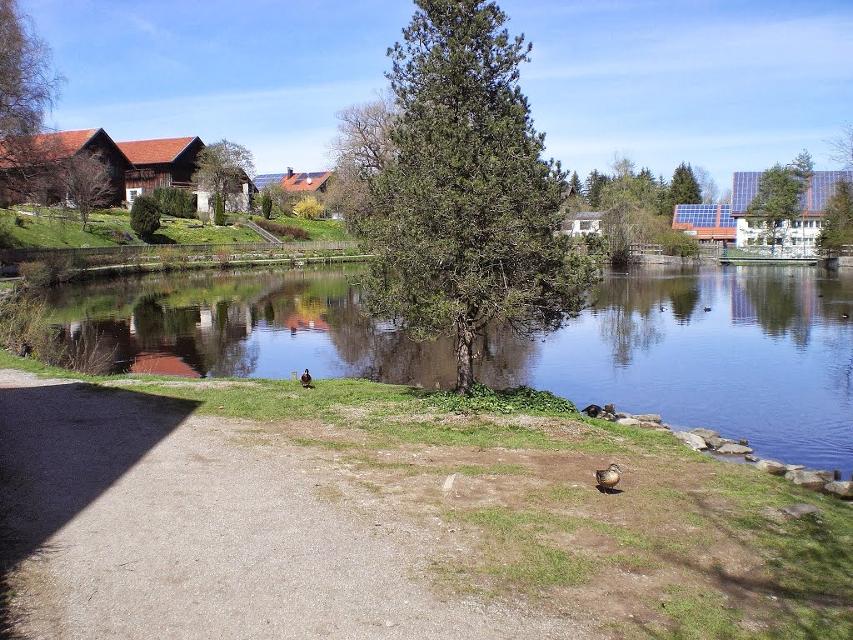
Dorfweiher Gumpen in Peiting
Gumpenweg, 86971 Peiting, Germany
Der Dorfweiher Gumpen – gespeist vom Wasser der Peitnach – finden Sie im Herzen der Marktgemeinde. Er ist ein Naturidyll und Heimat für verschiedene Wasservögel. Ein gemütlicher Spazierweg führt rund um diesen kleinen „See“, indem sich sogar eine Biberfamilie wohl fühlt. Auch im Winter ist der Weg um den Gumpen zu empfehlen.
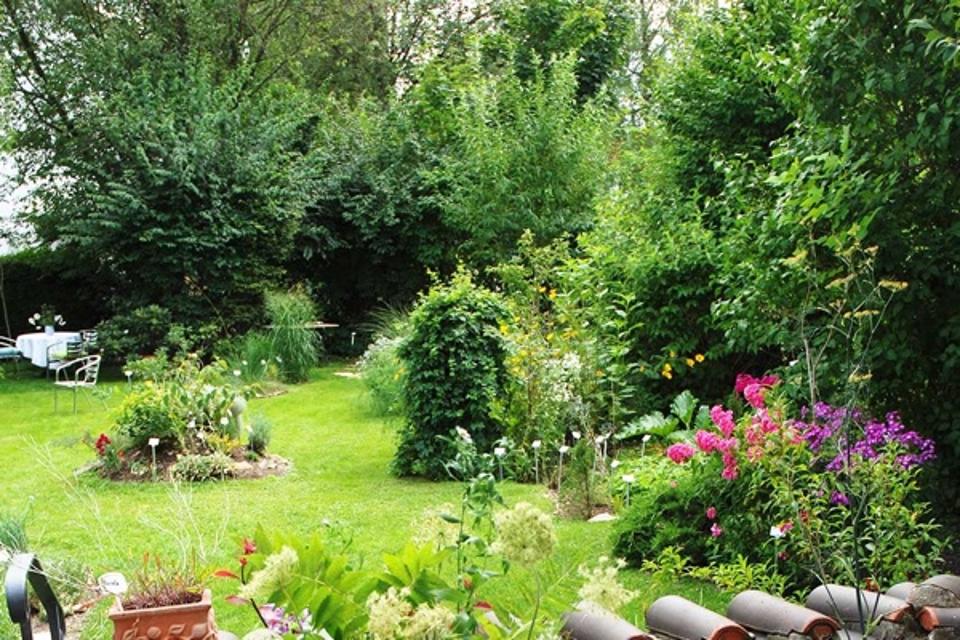
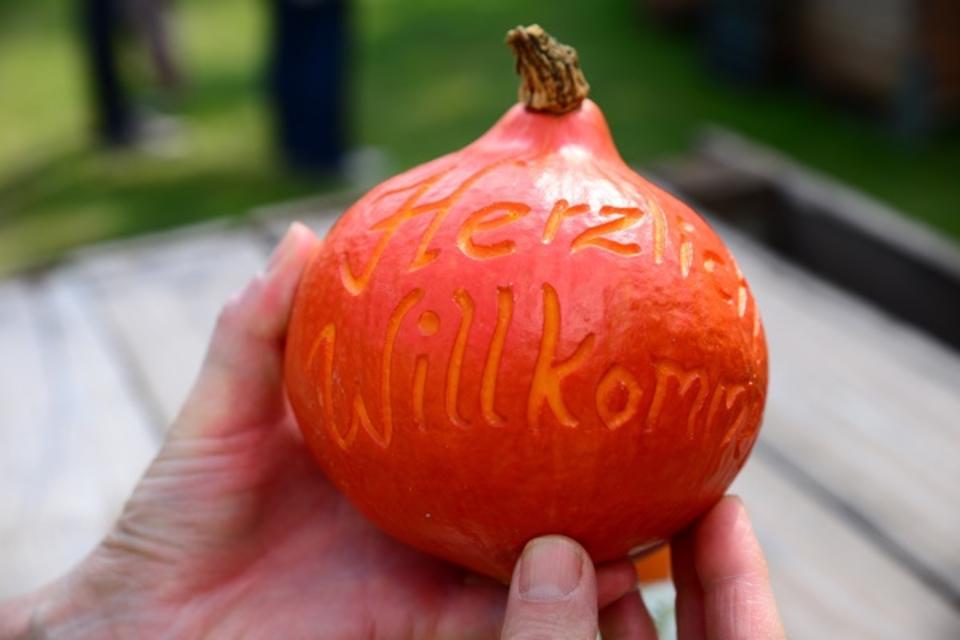
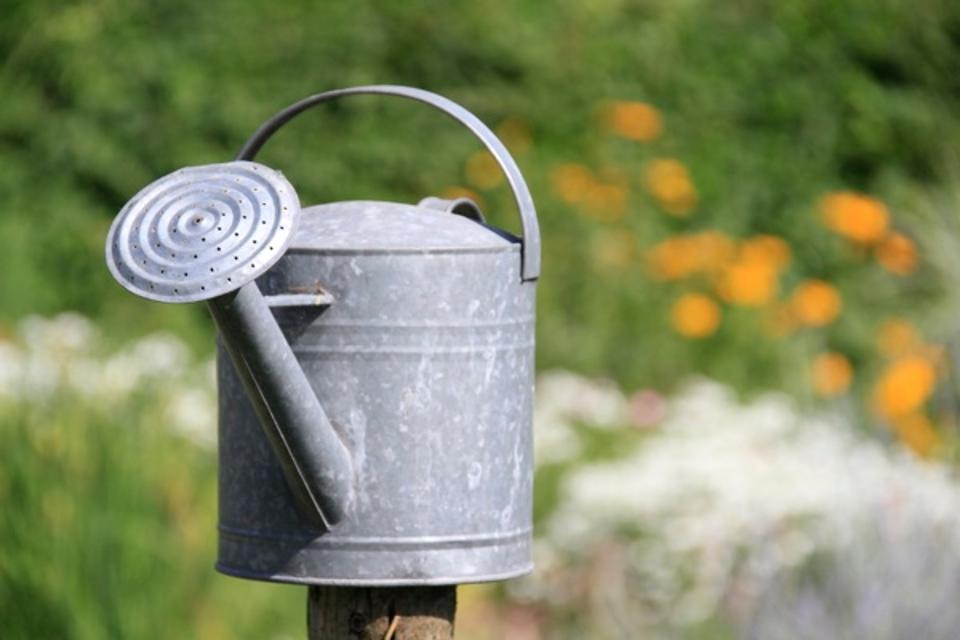
Gärtnerei StaudenSpatz
Kreilhof 7, 82386 Oberhausen, Germany
Bioland-Gärtnerei mit über 1.500 Arten und Sorten an selbstgezogenen, winterharten Stauden, Kräutern, Gräsern und Farnen, Bioland-Rosen, Bioland-Gemüsepflanzen, großer Schau- u. Muttergarten, Heidelbeeren, Spezialitäten vom Rotwild, Honig.

